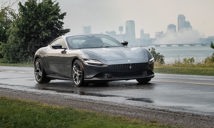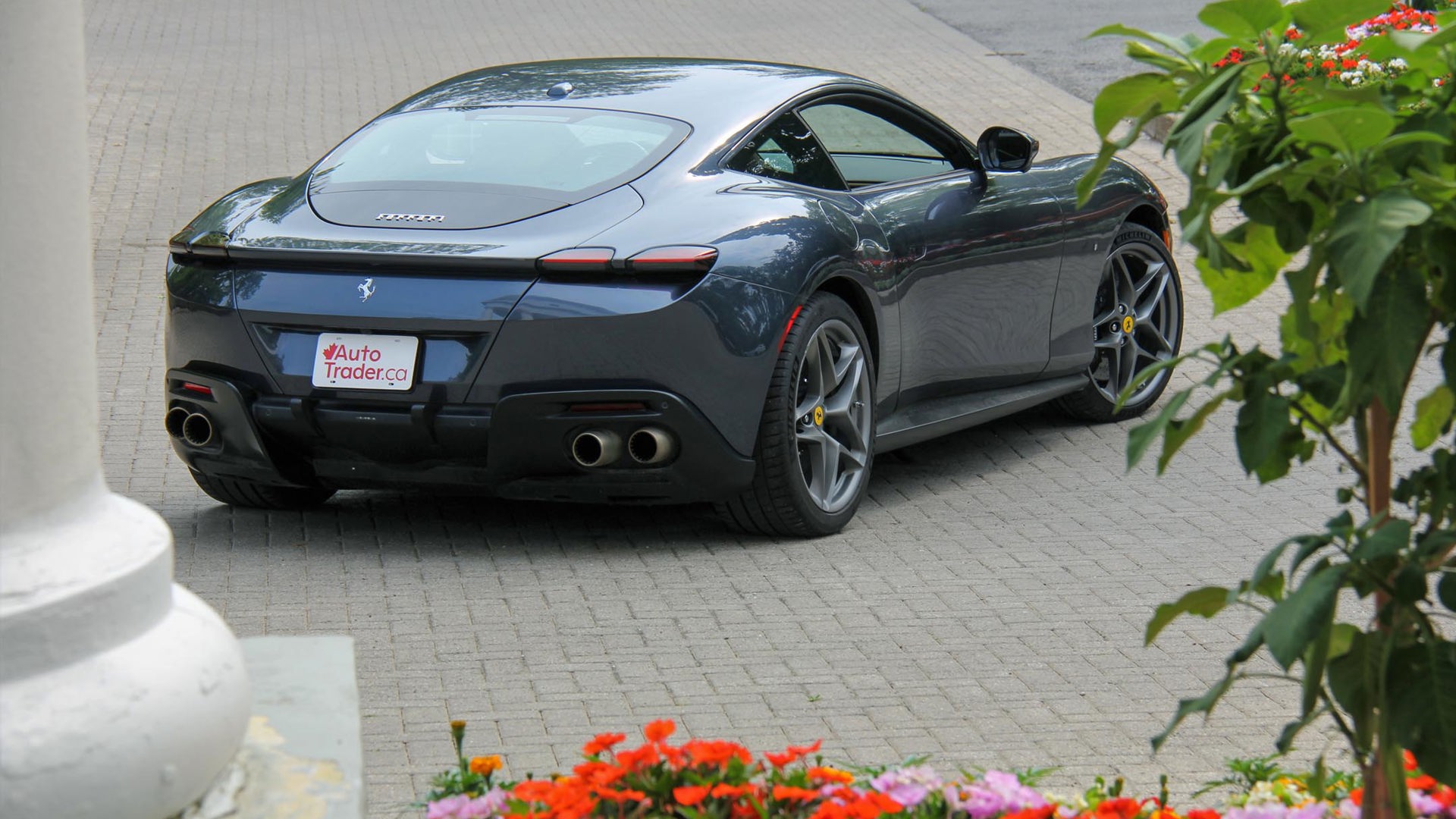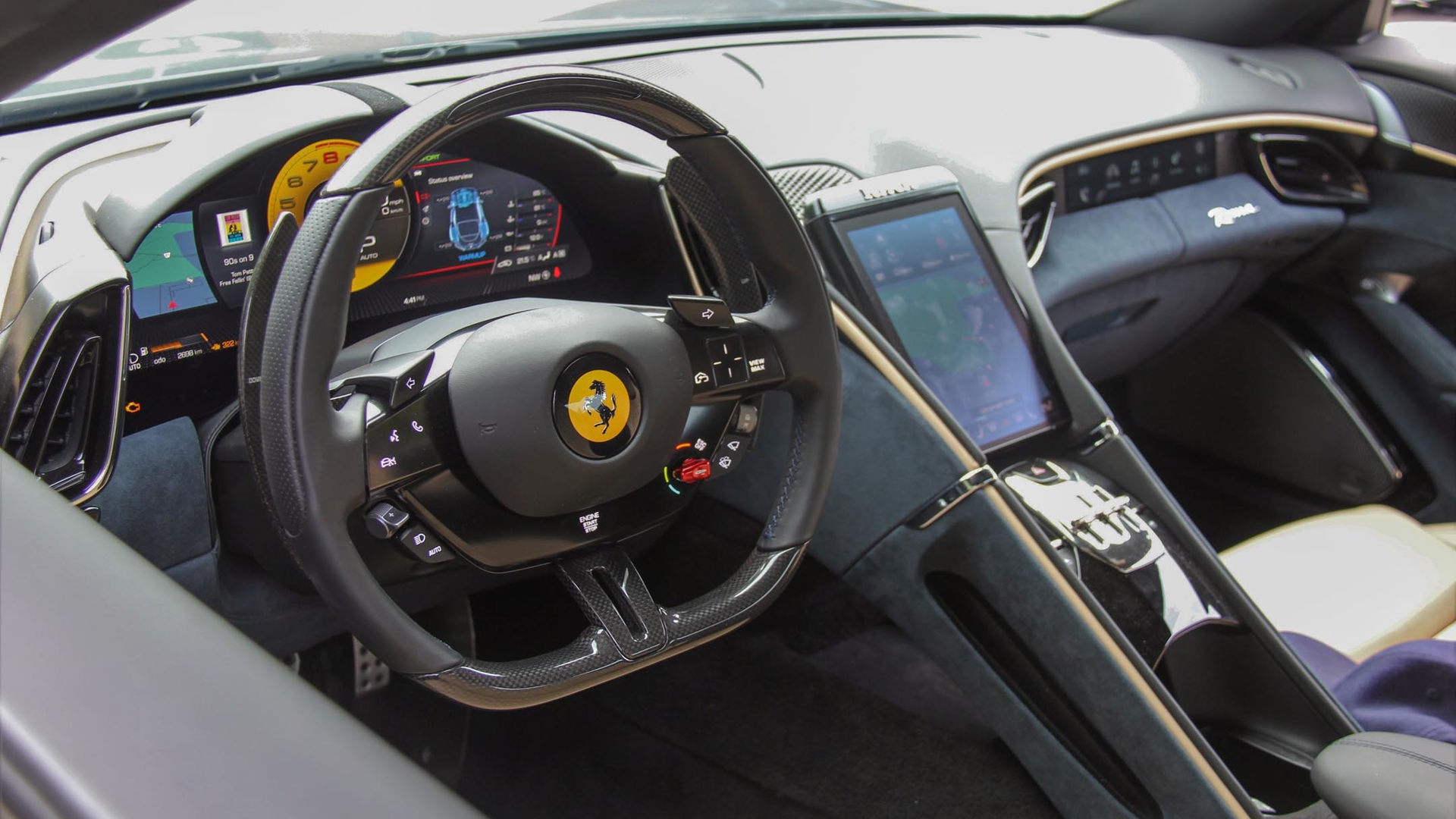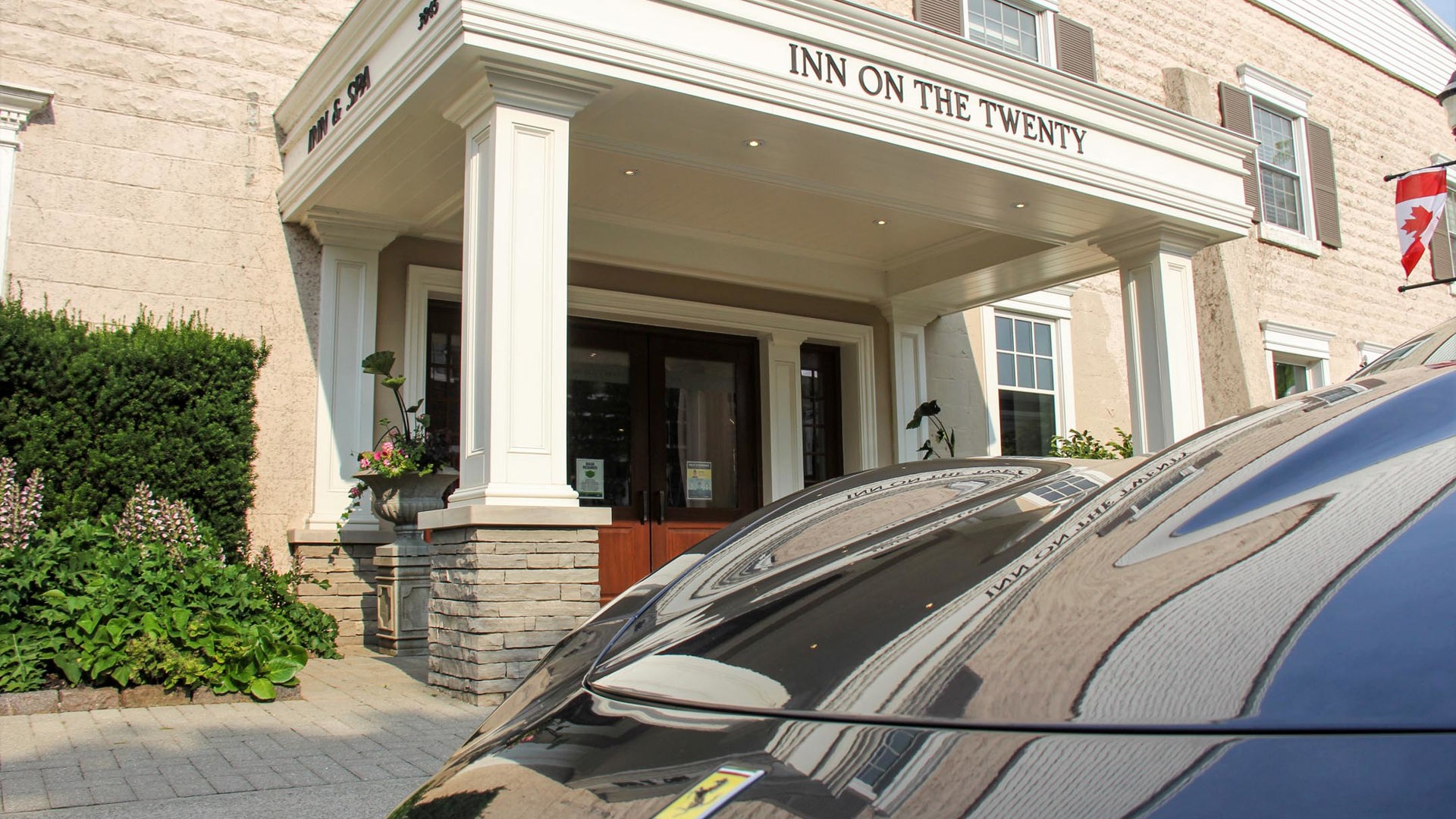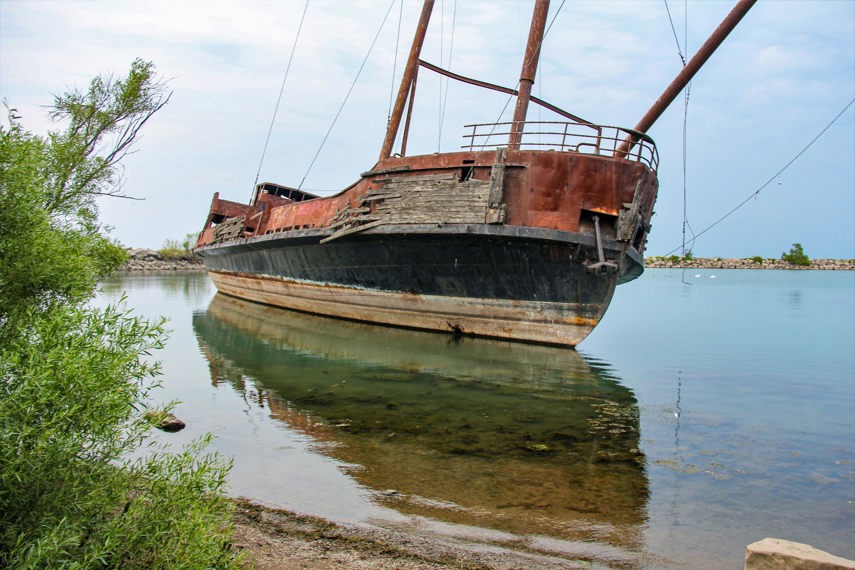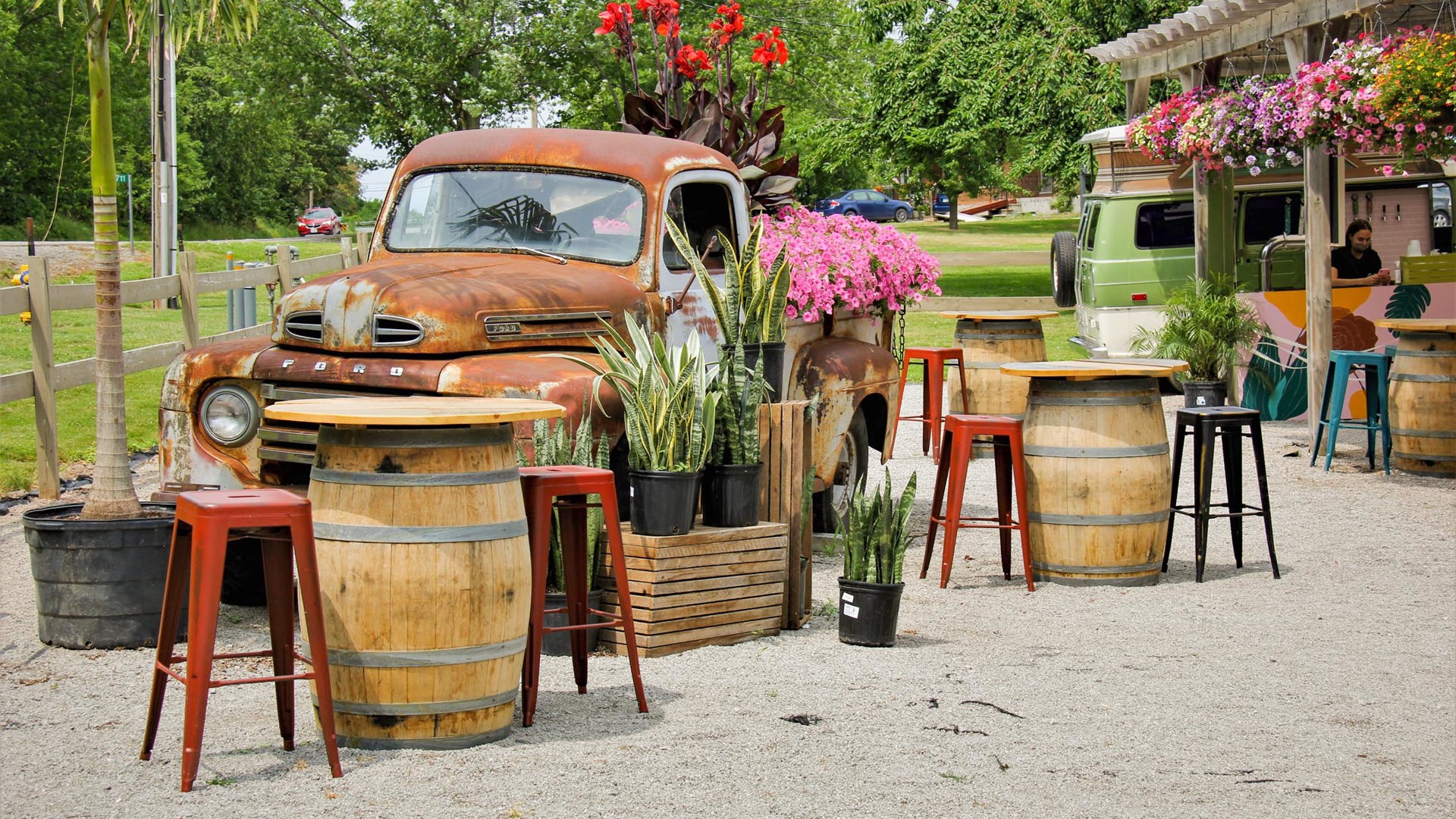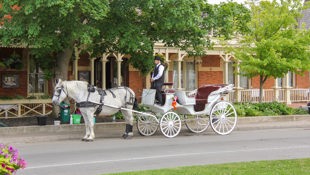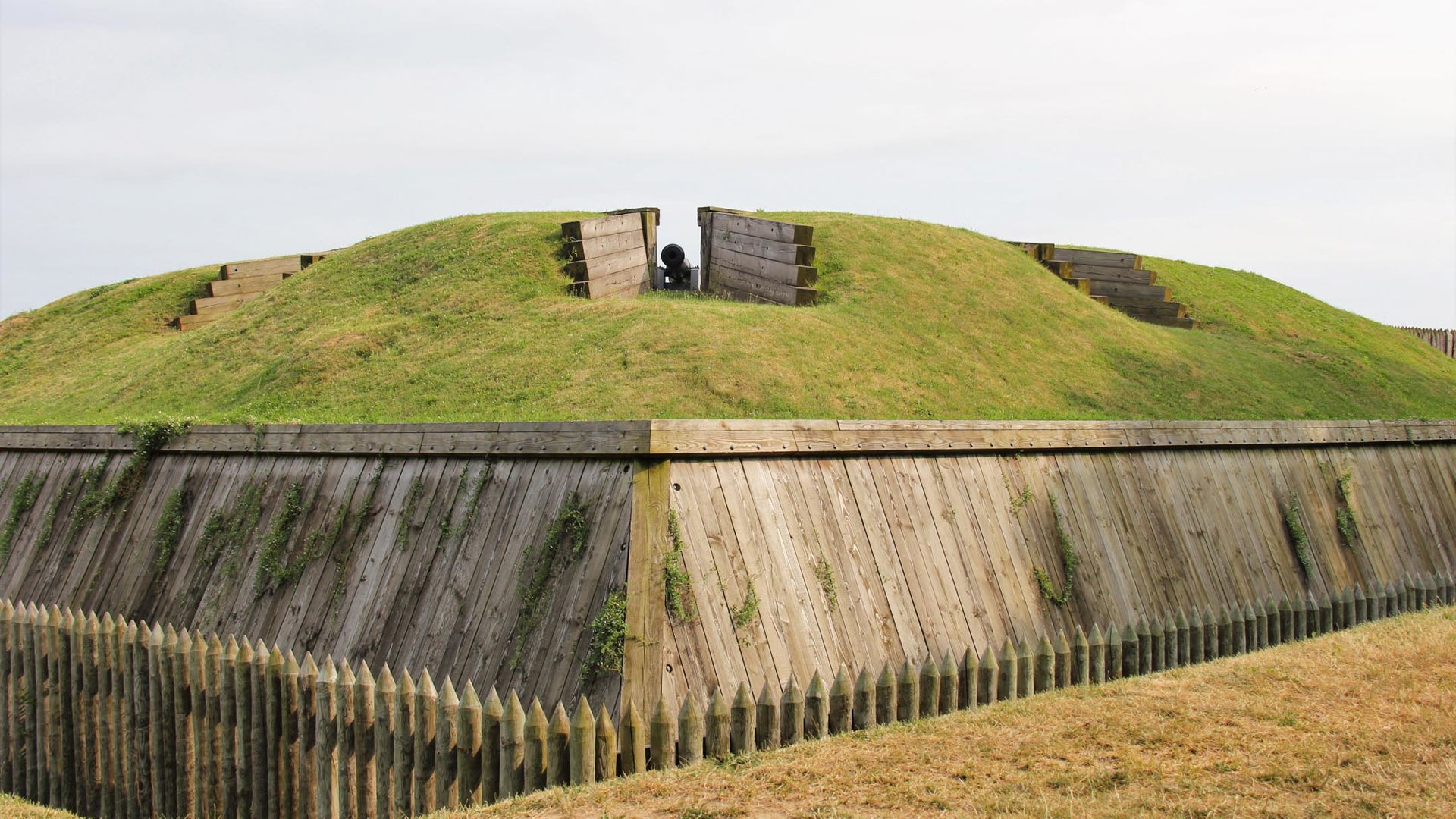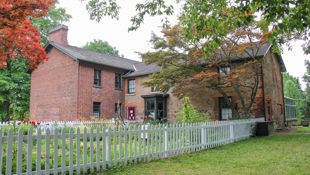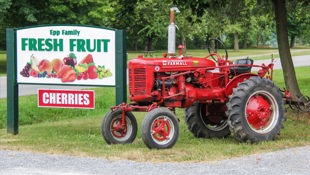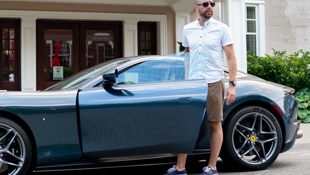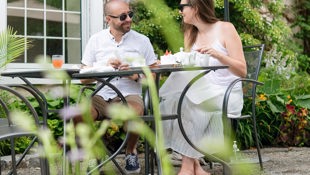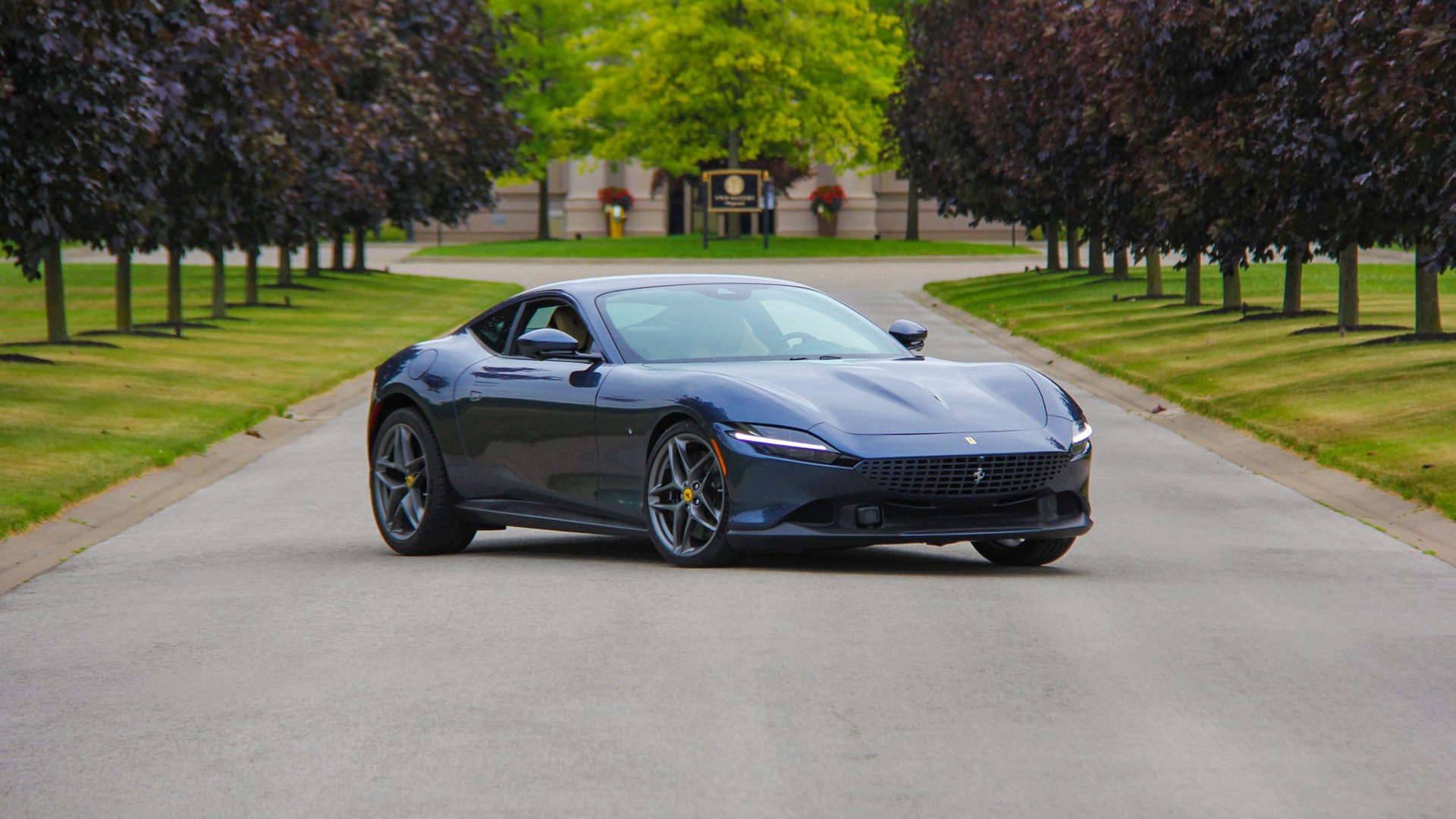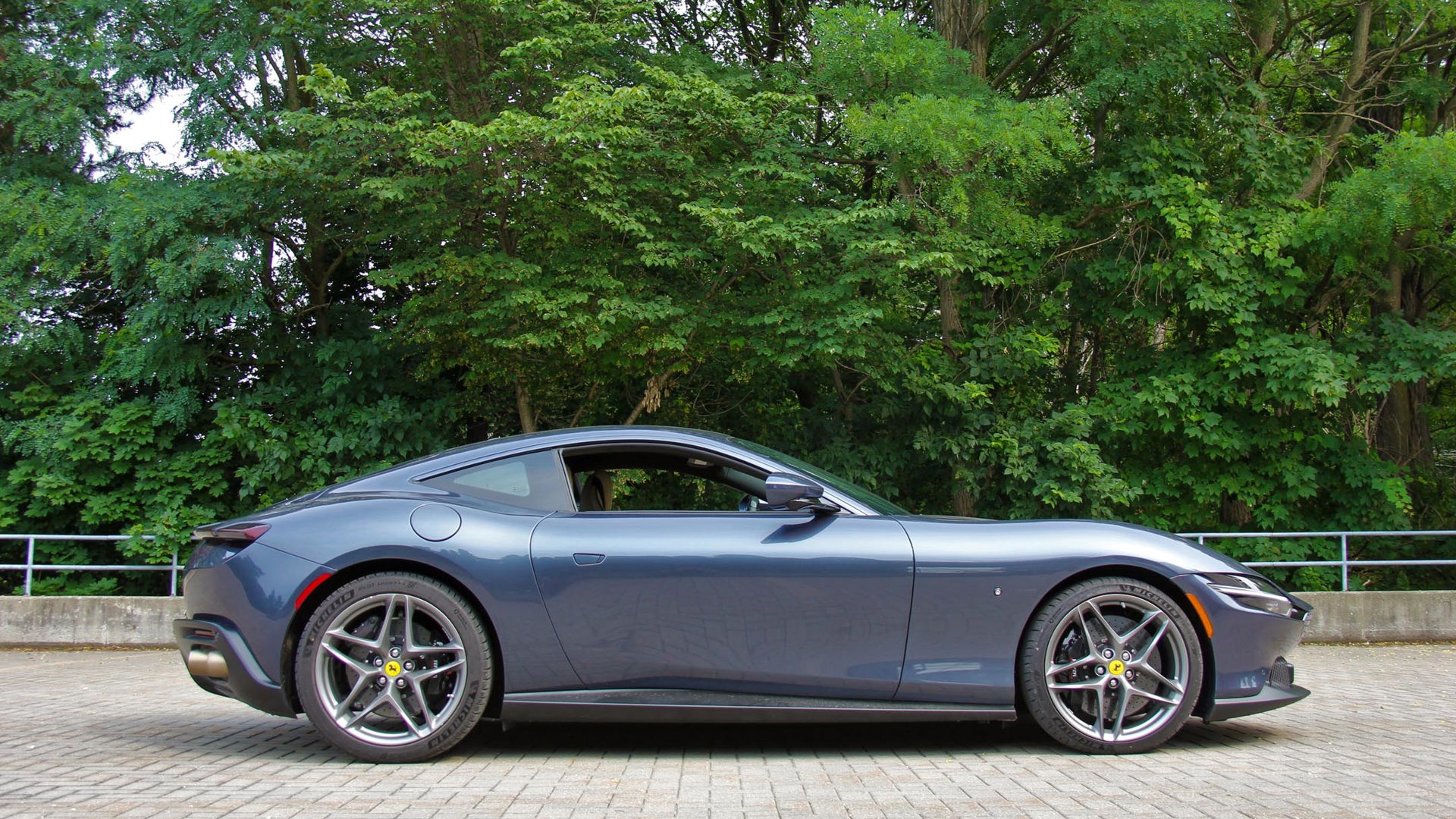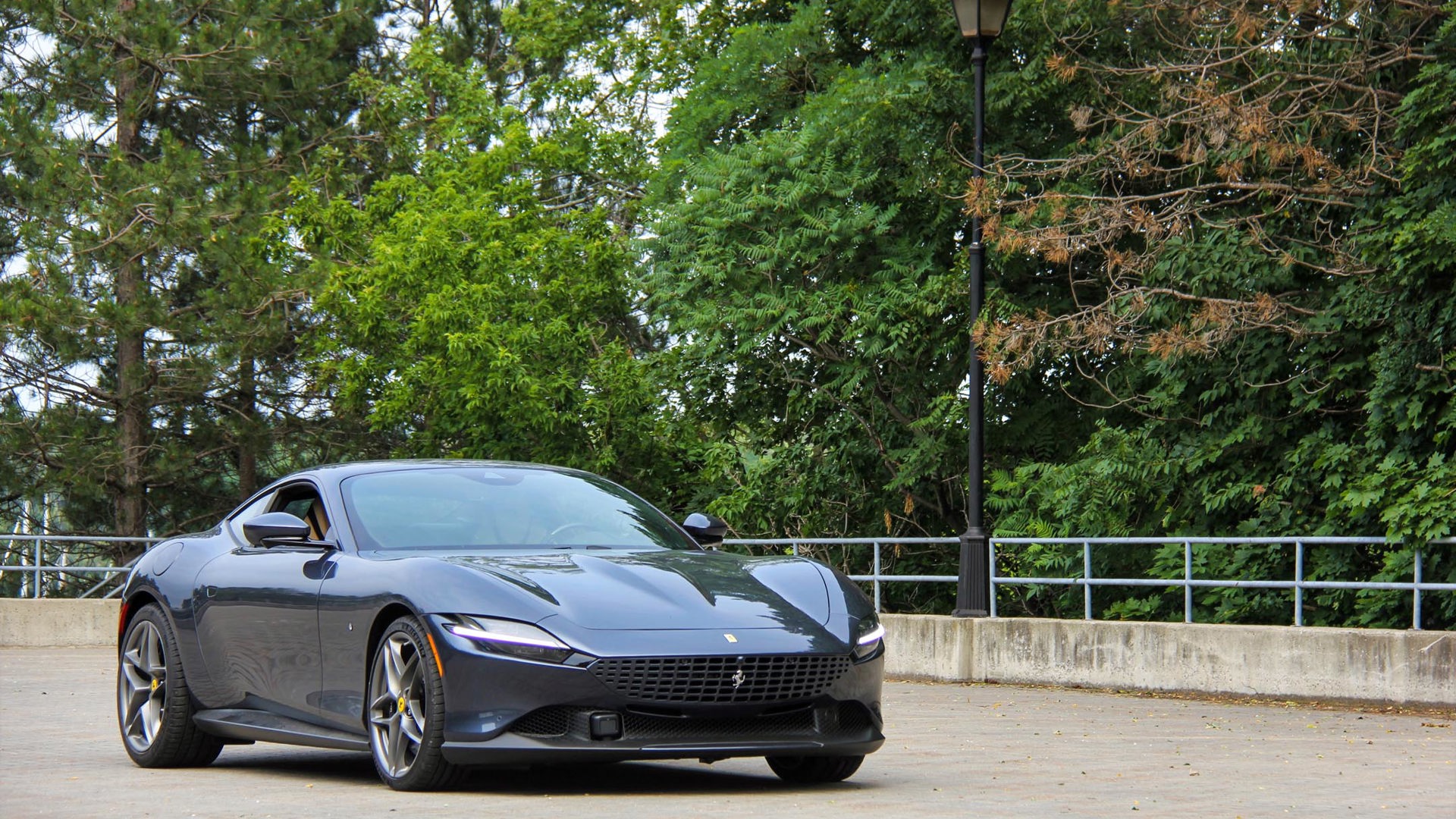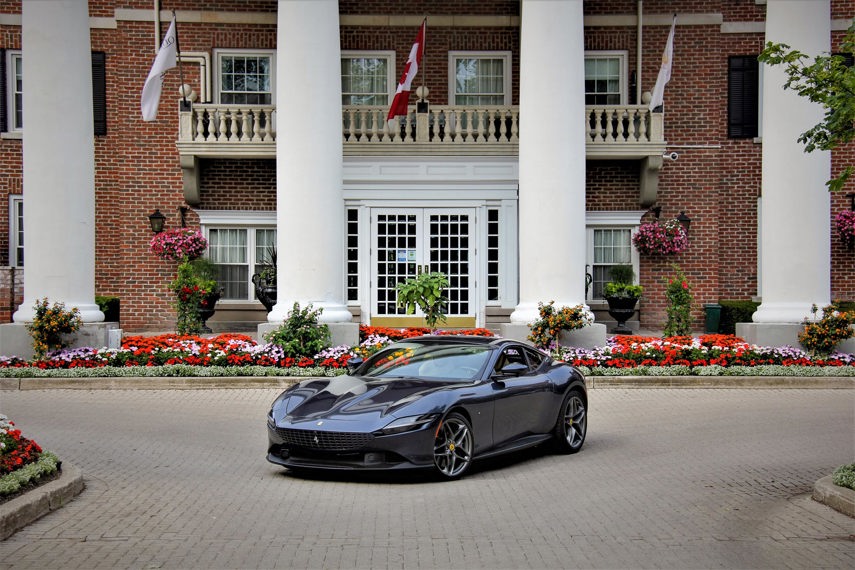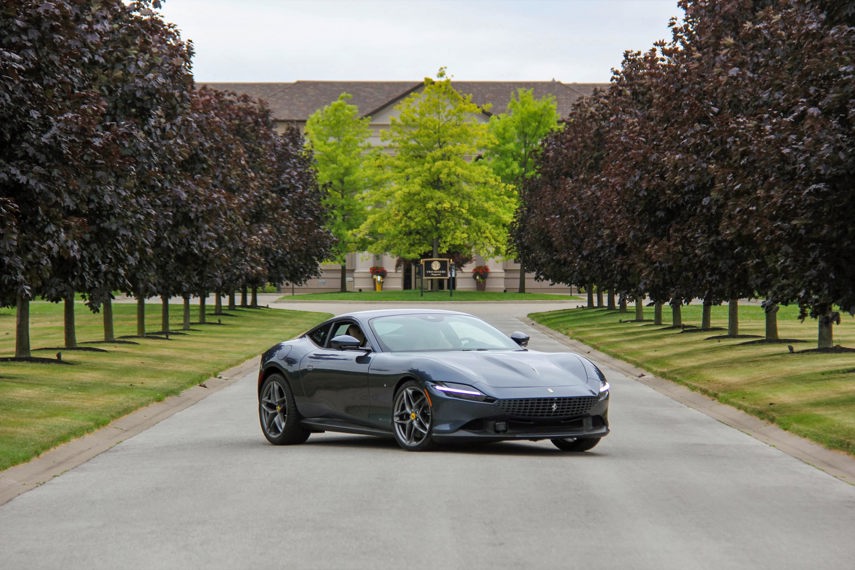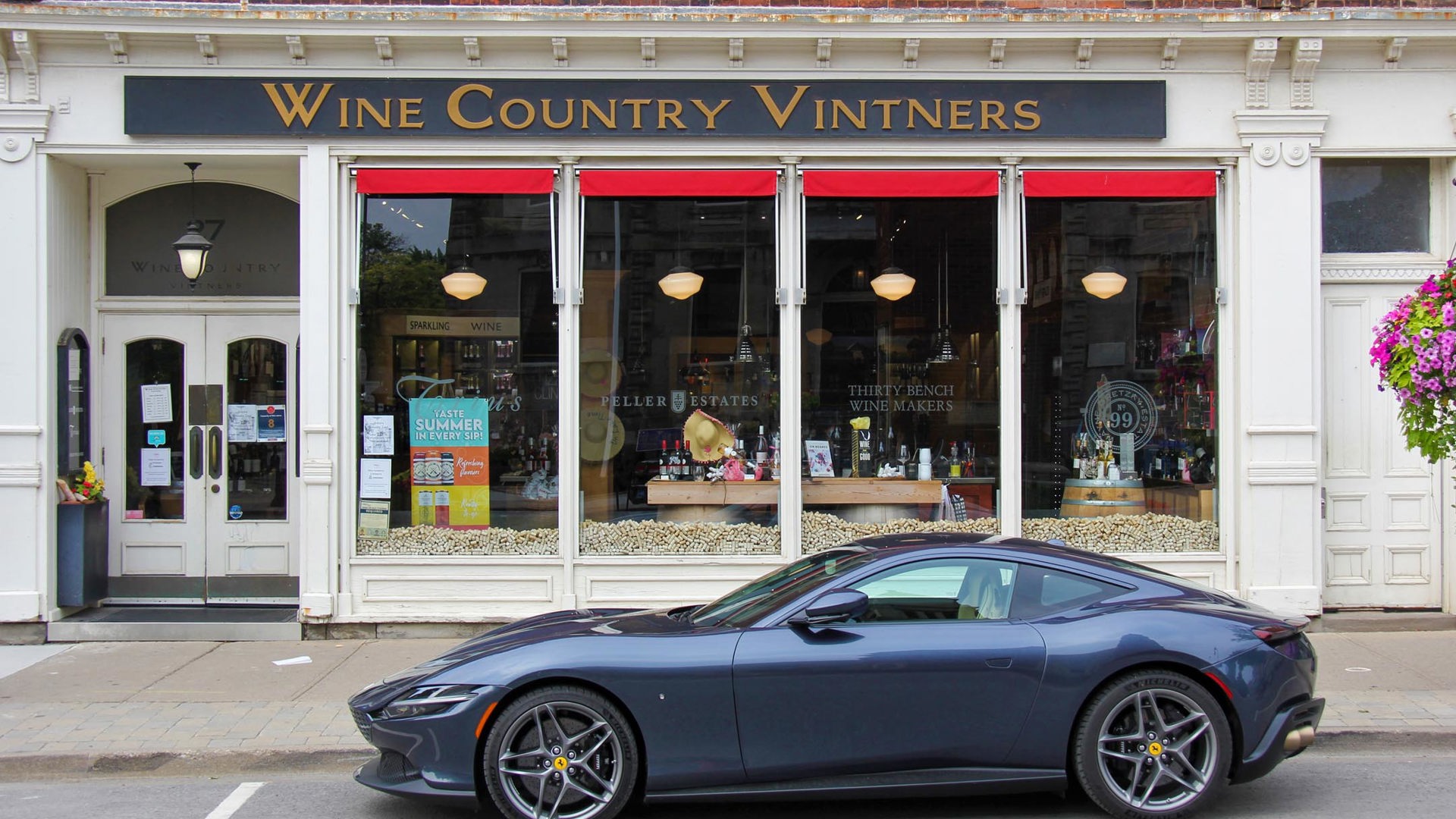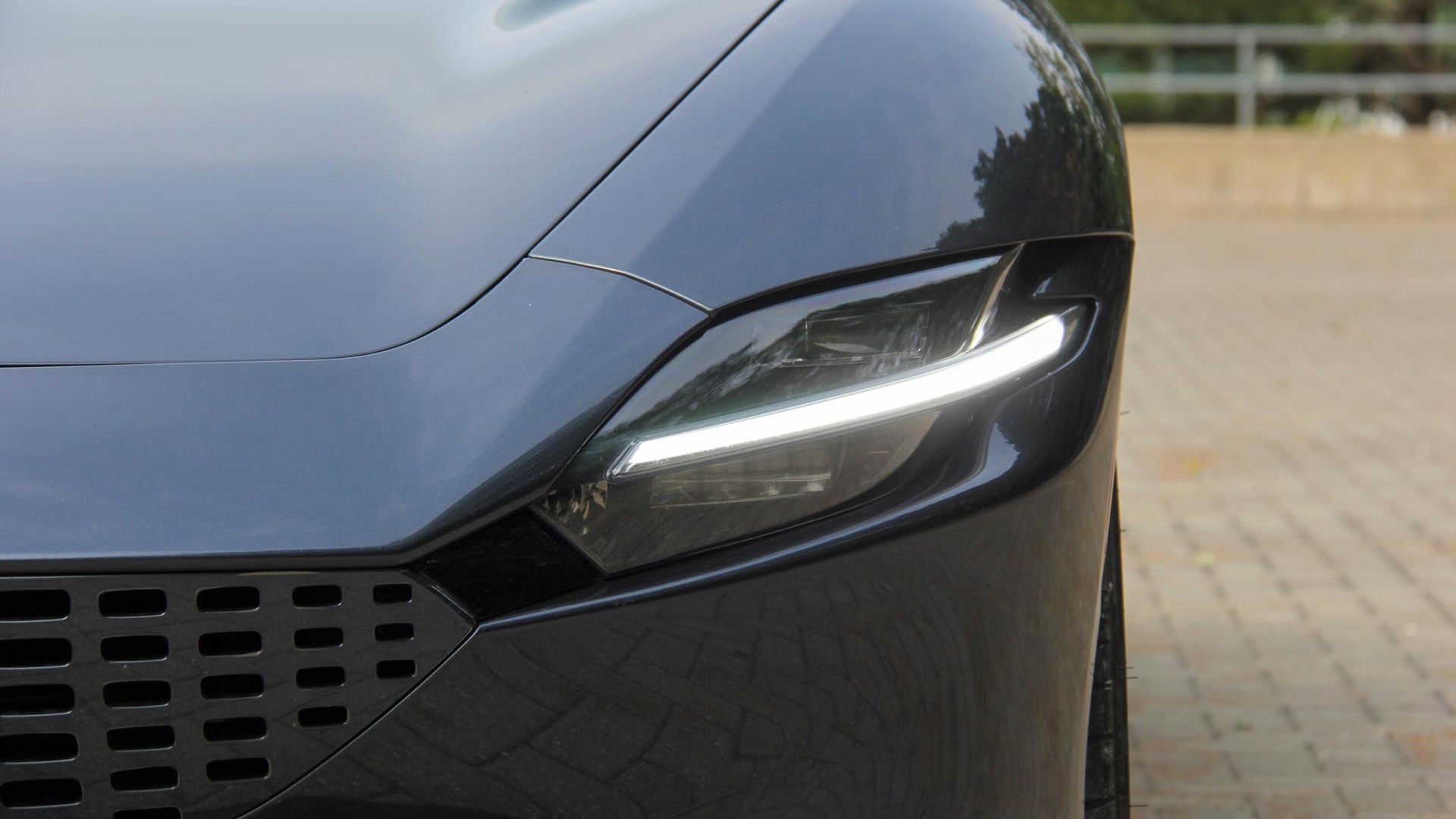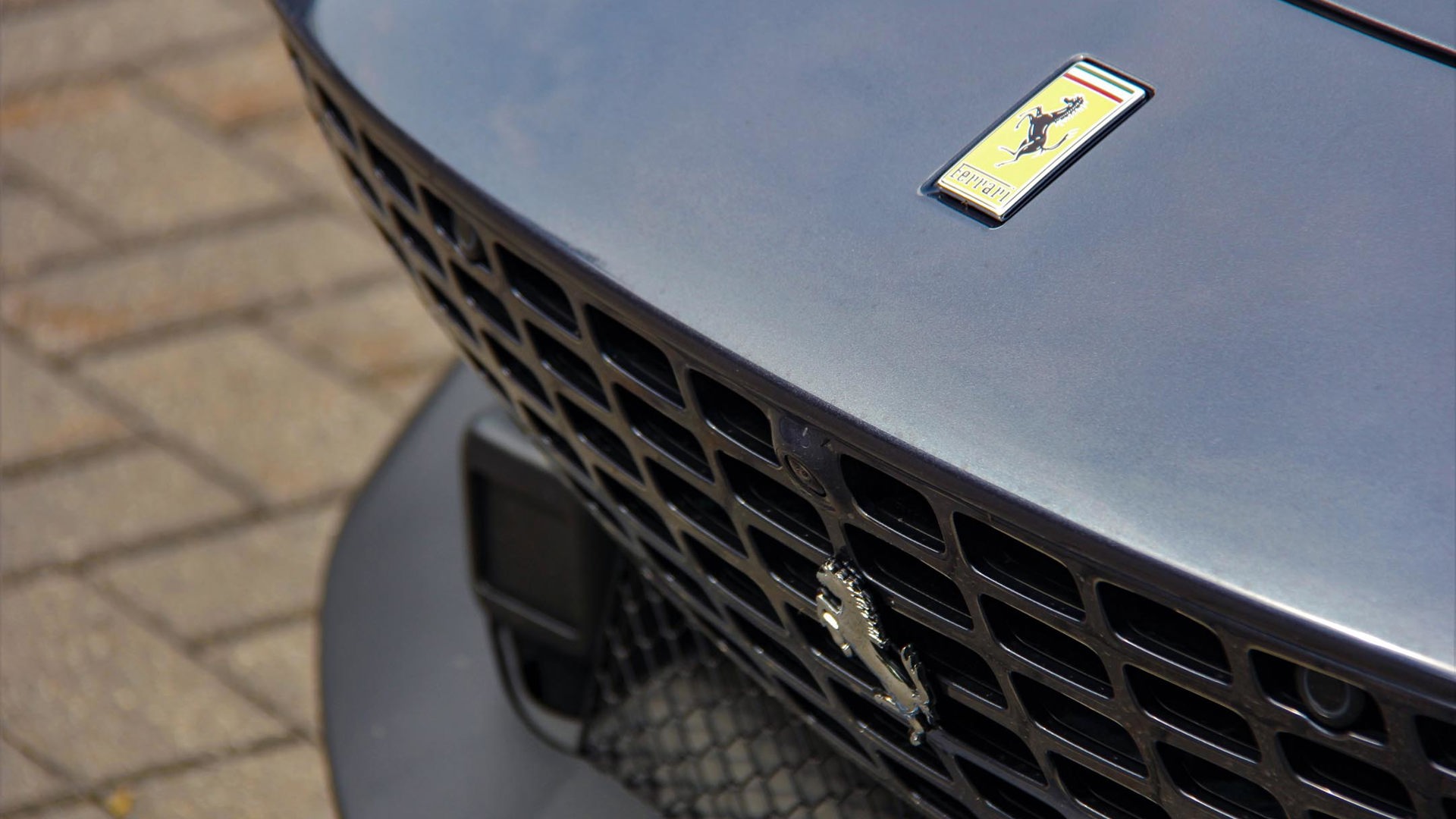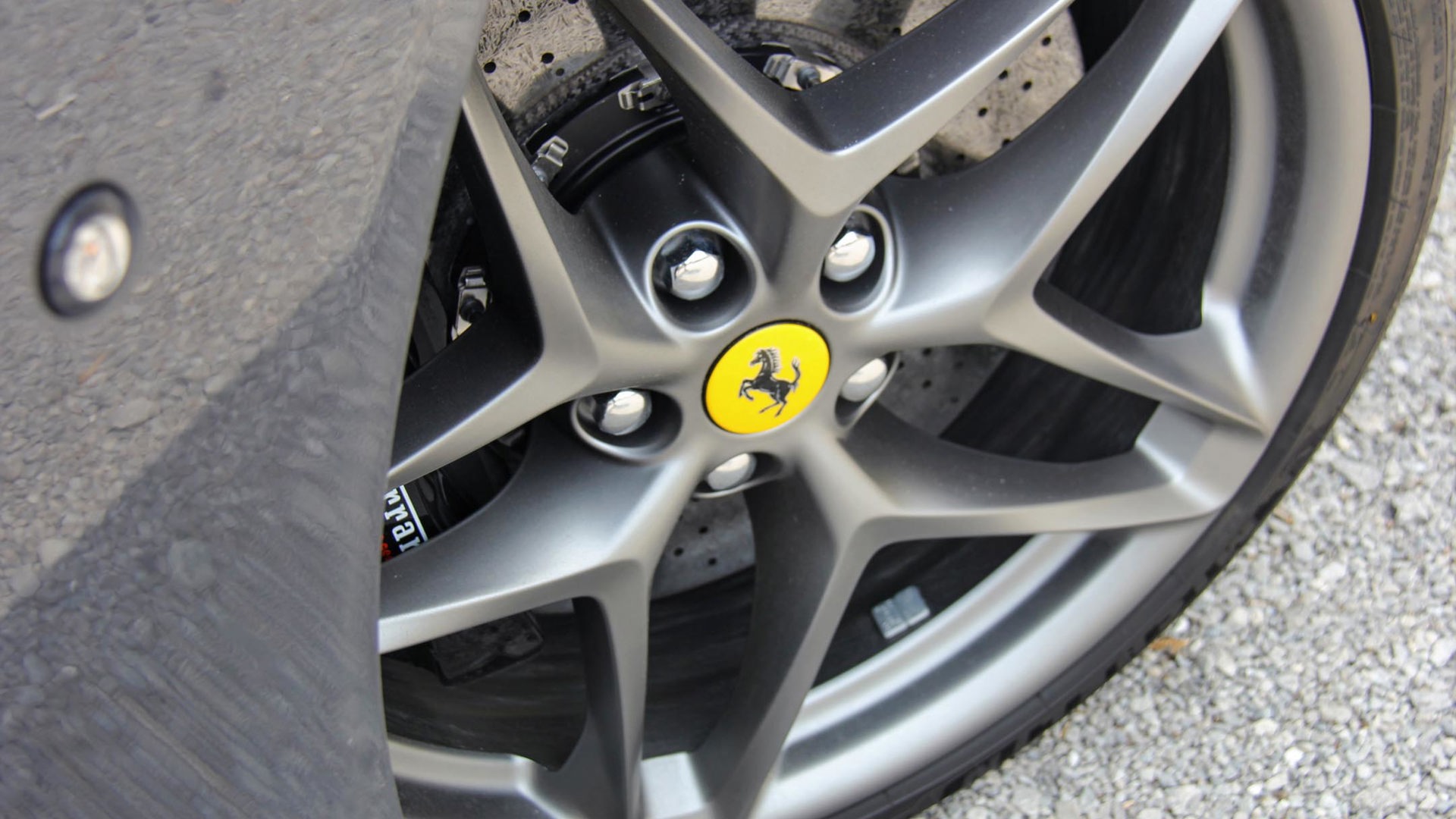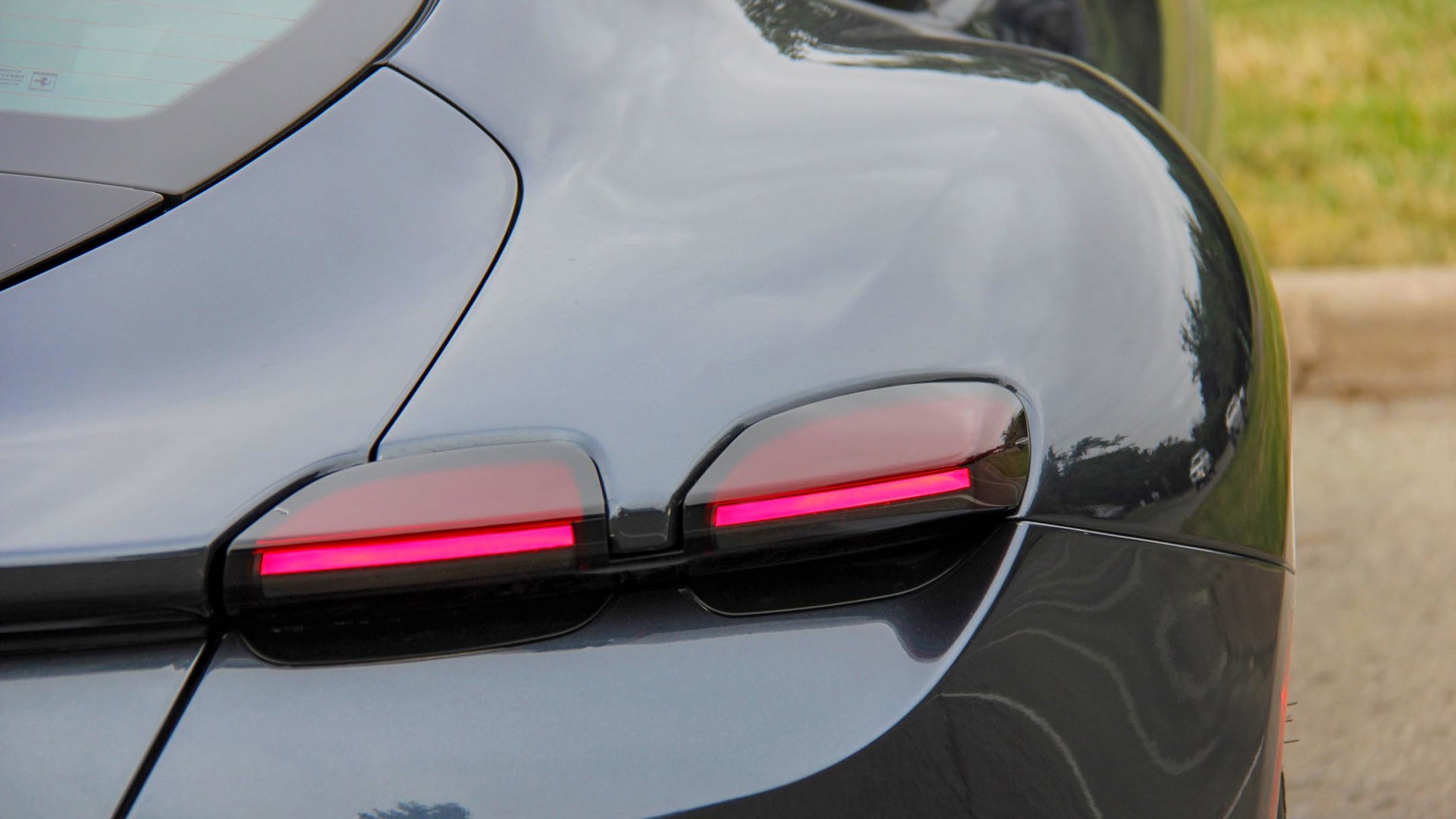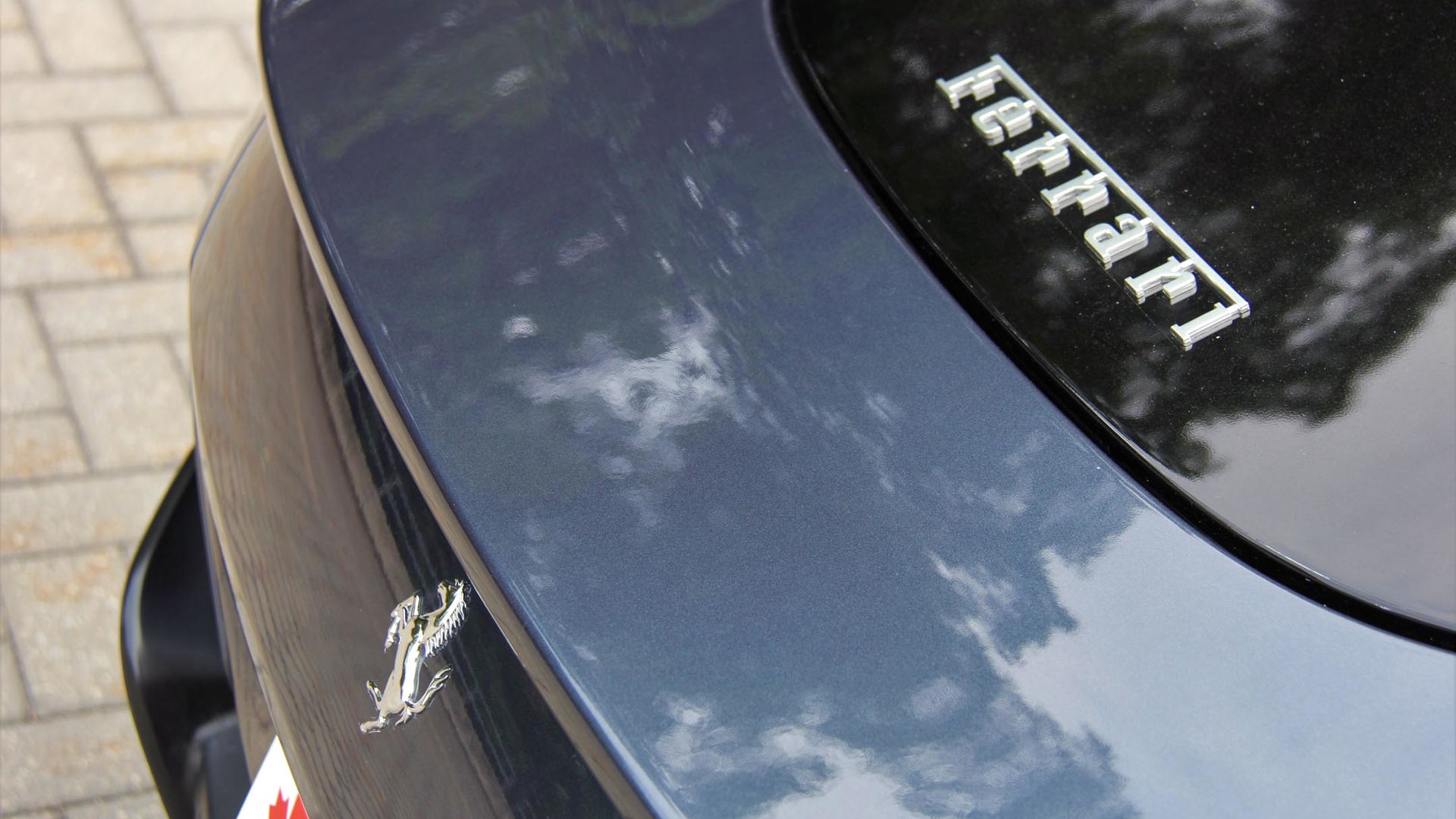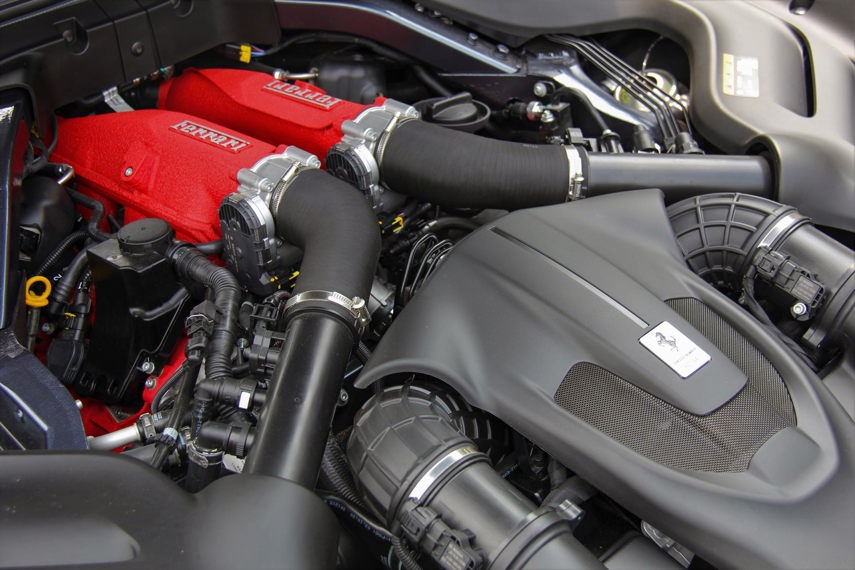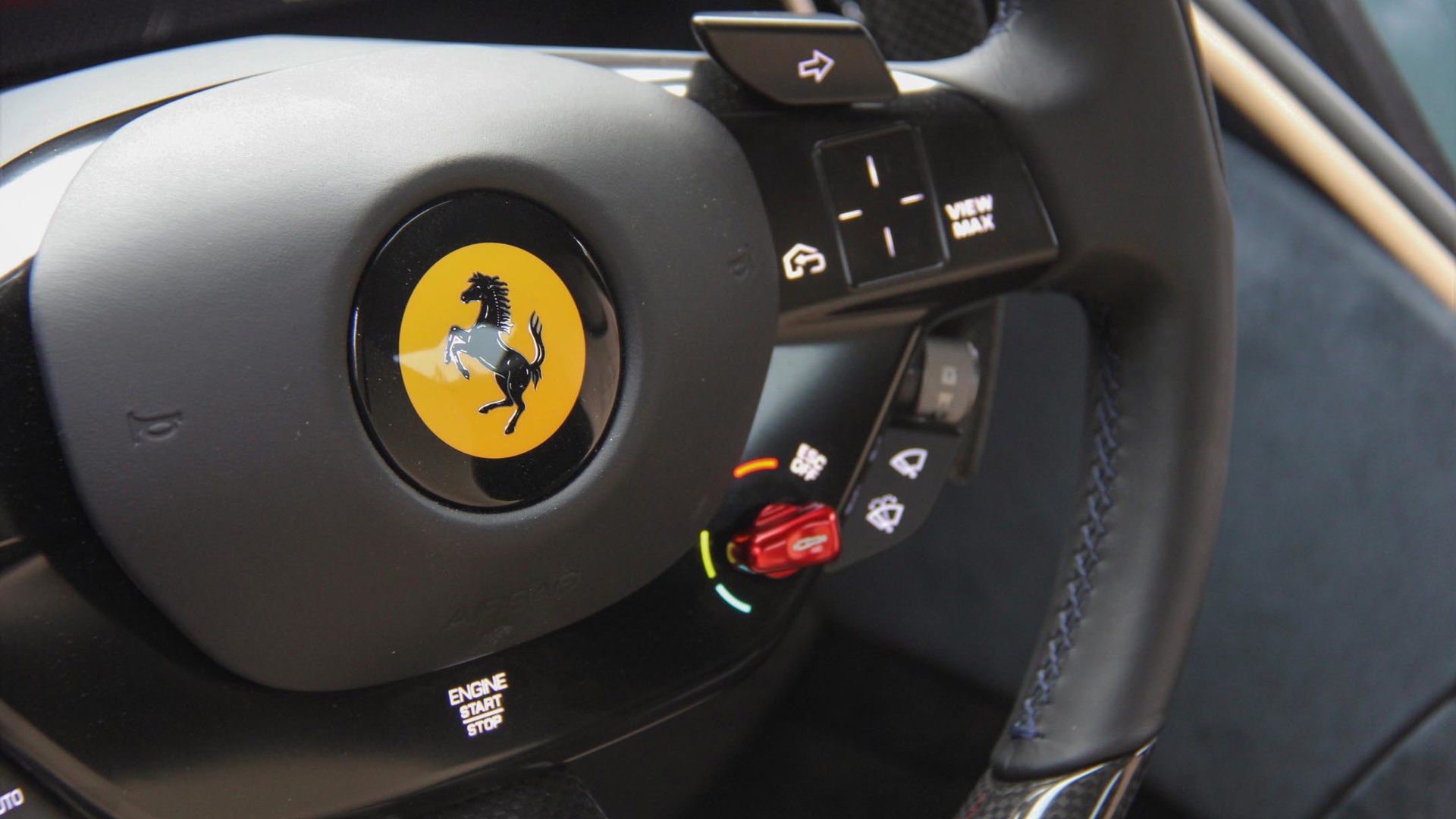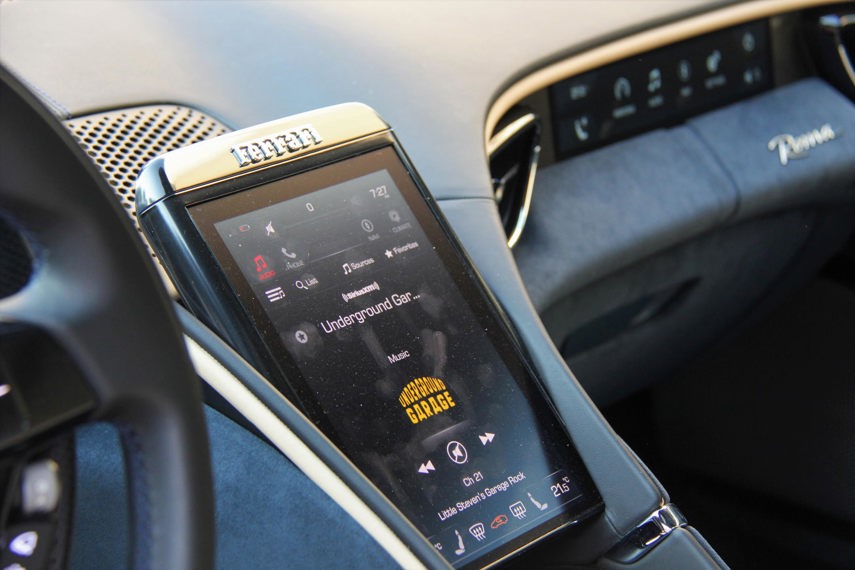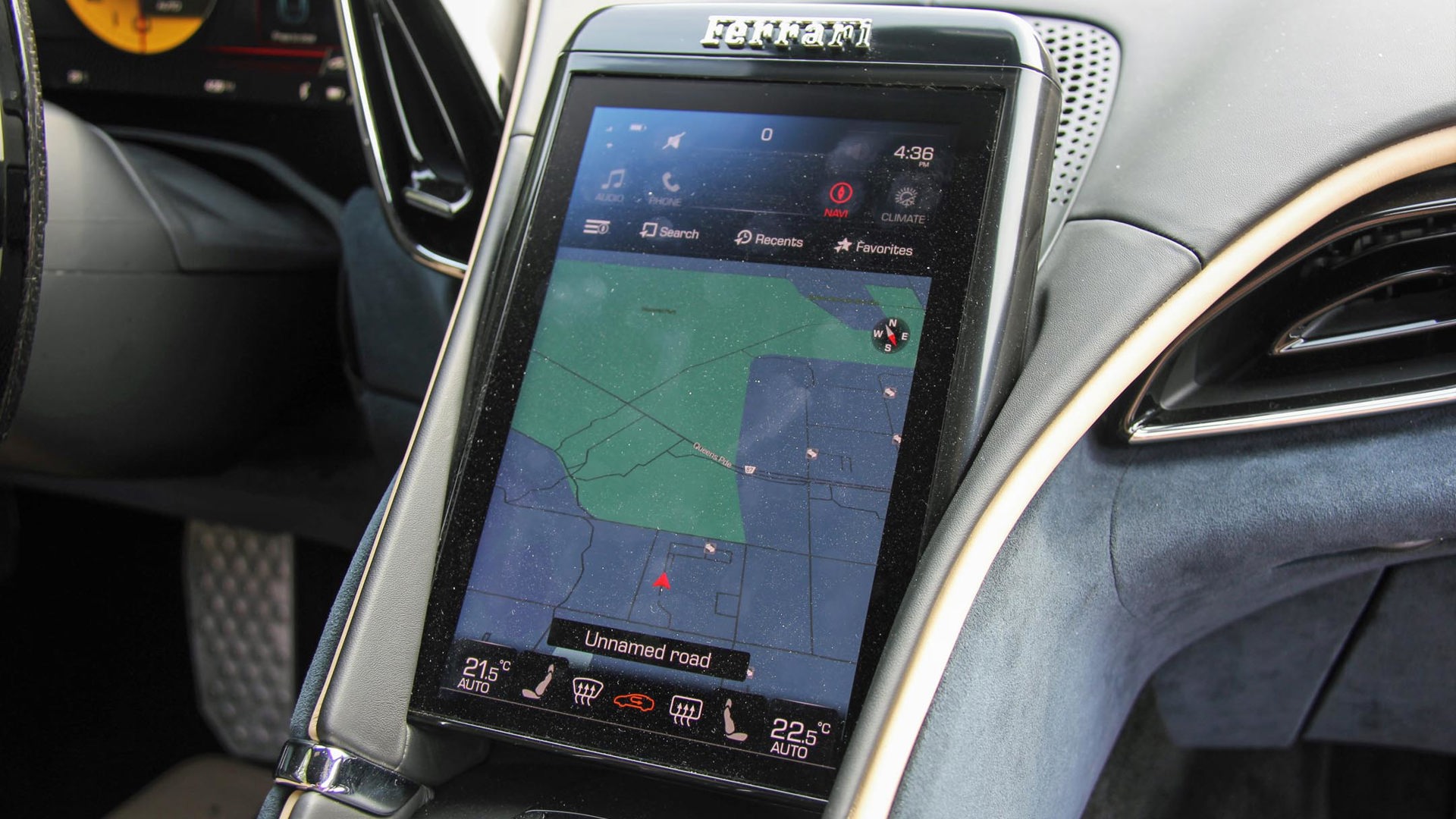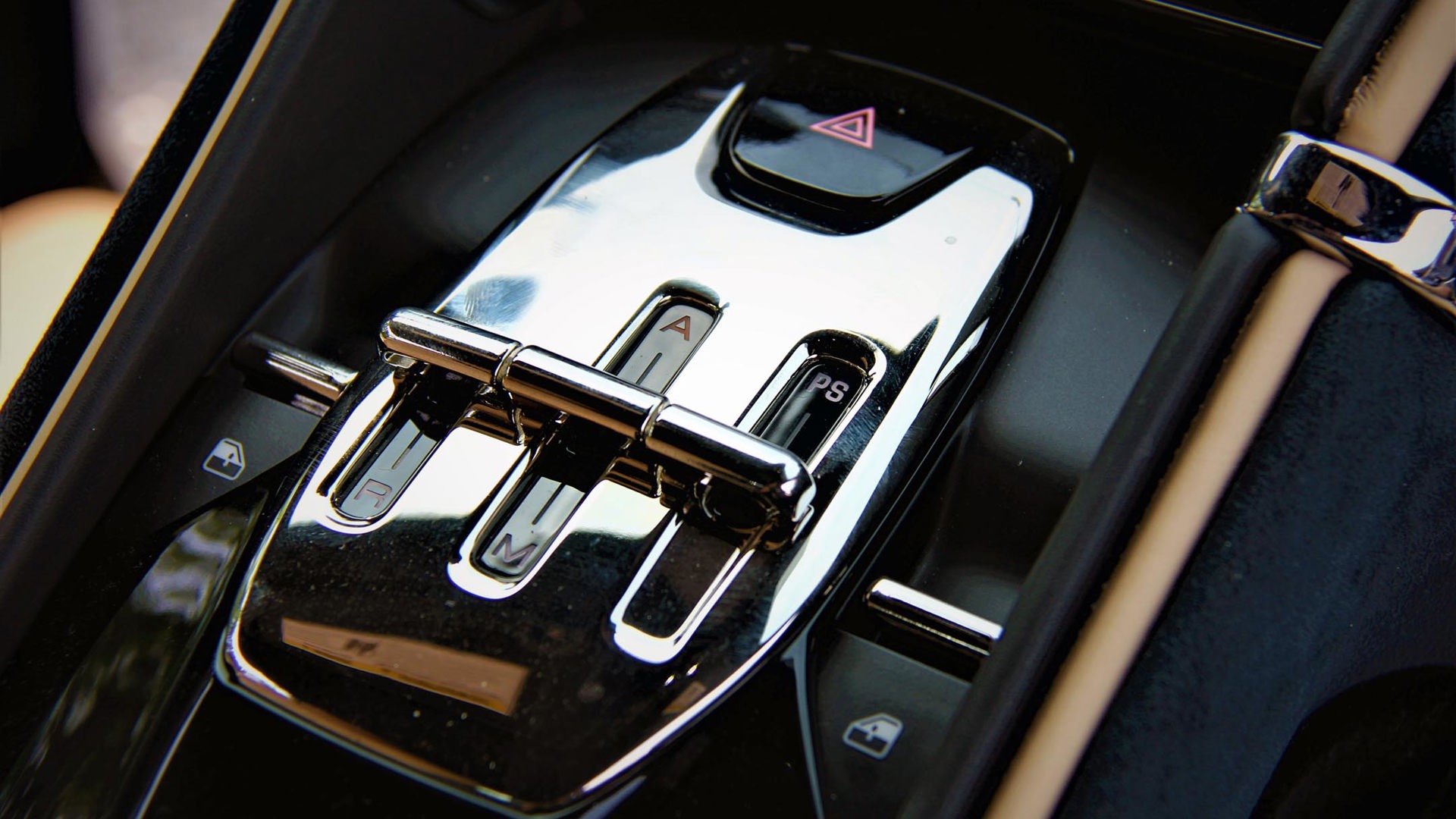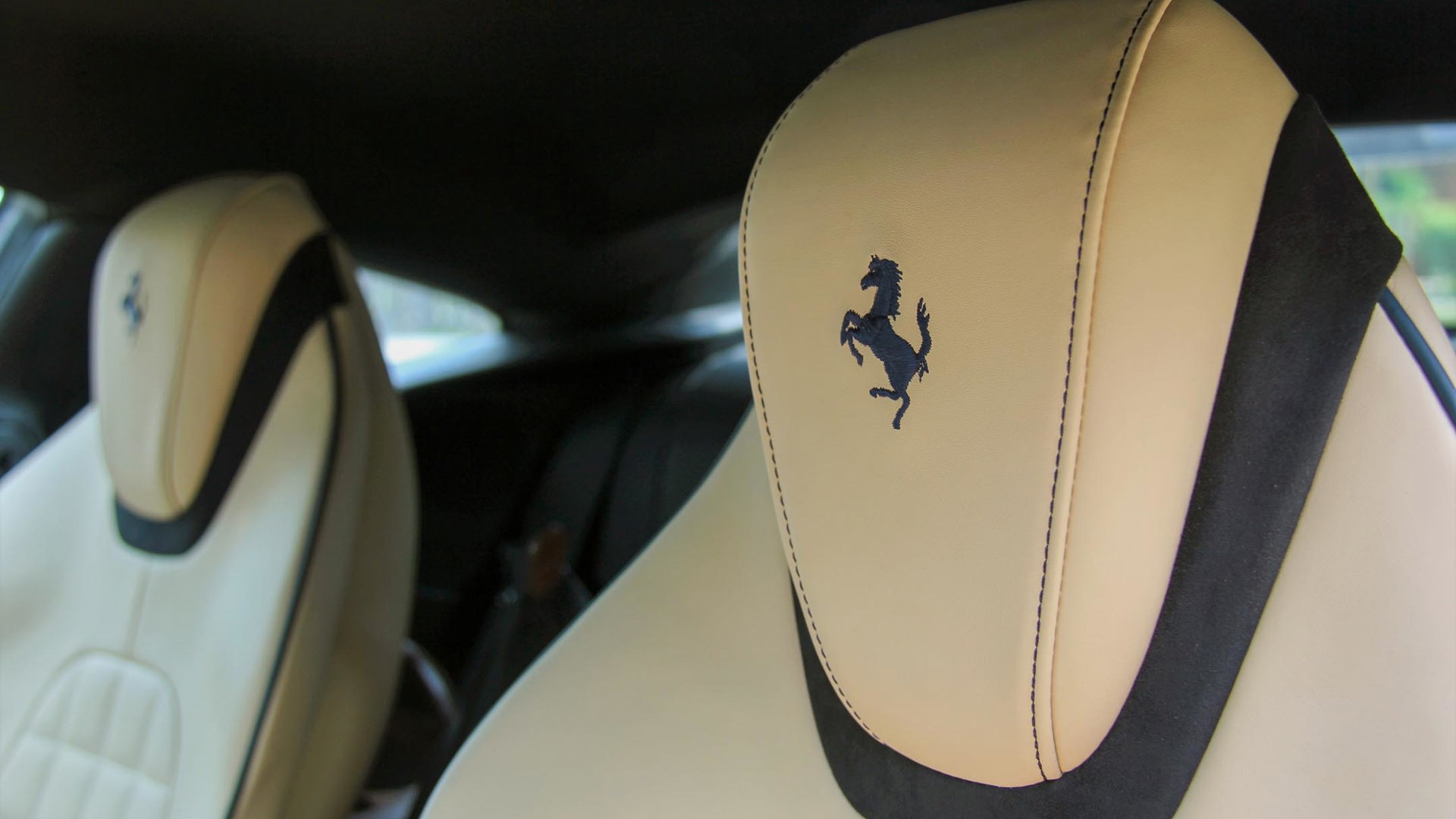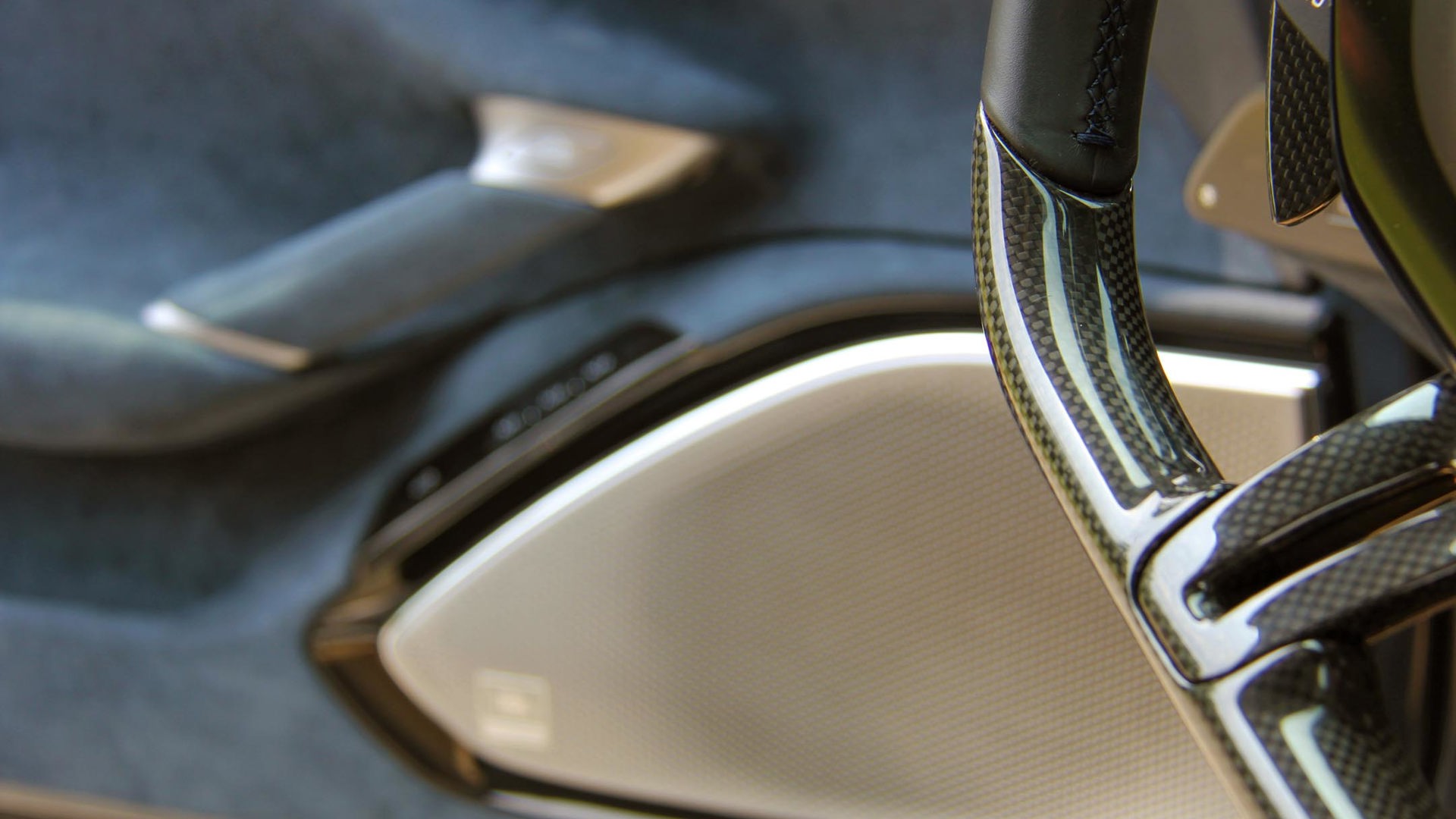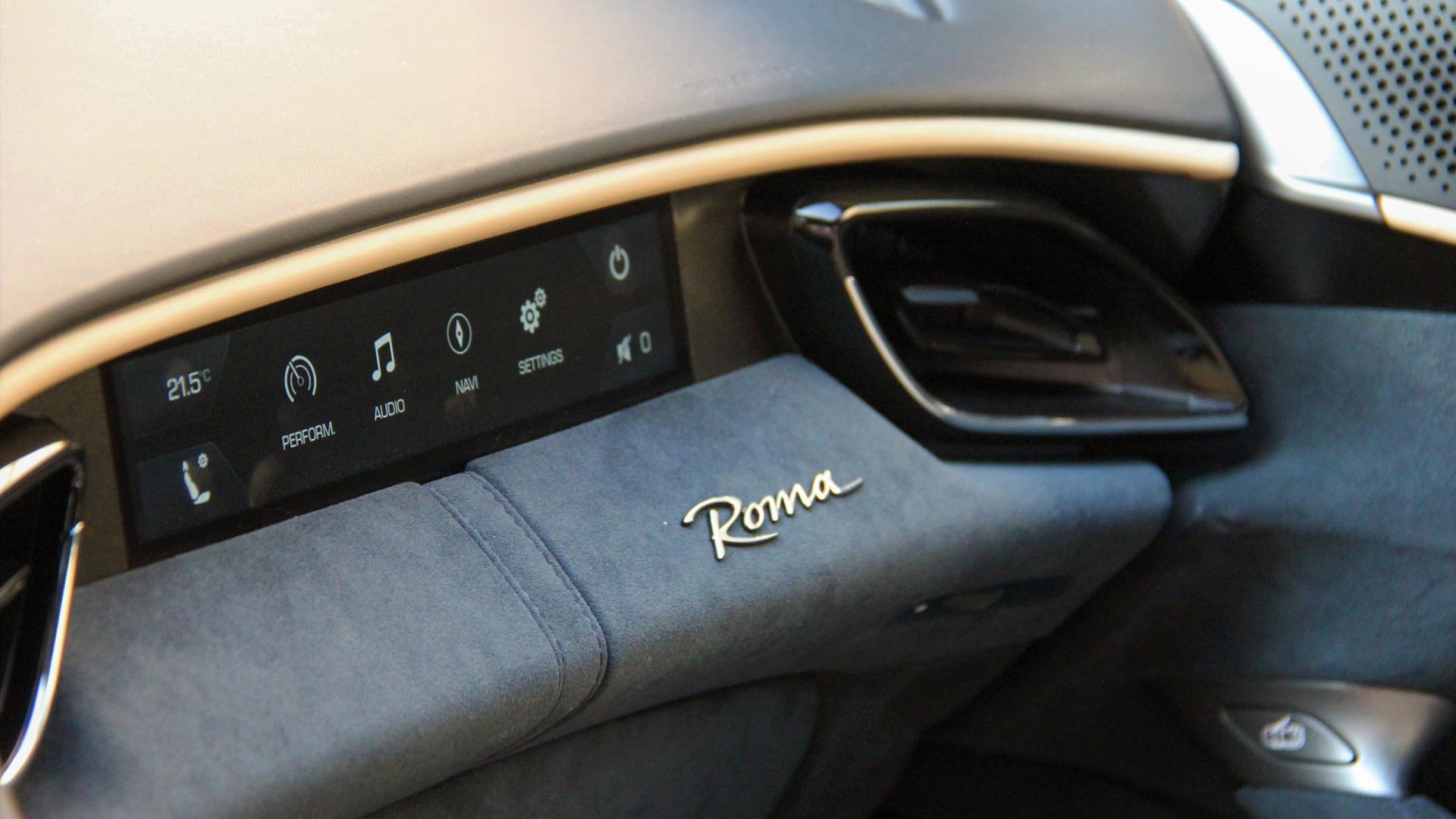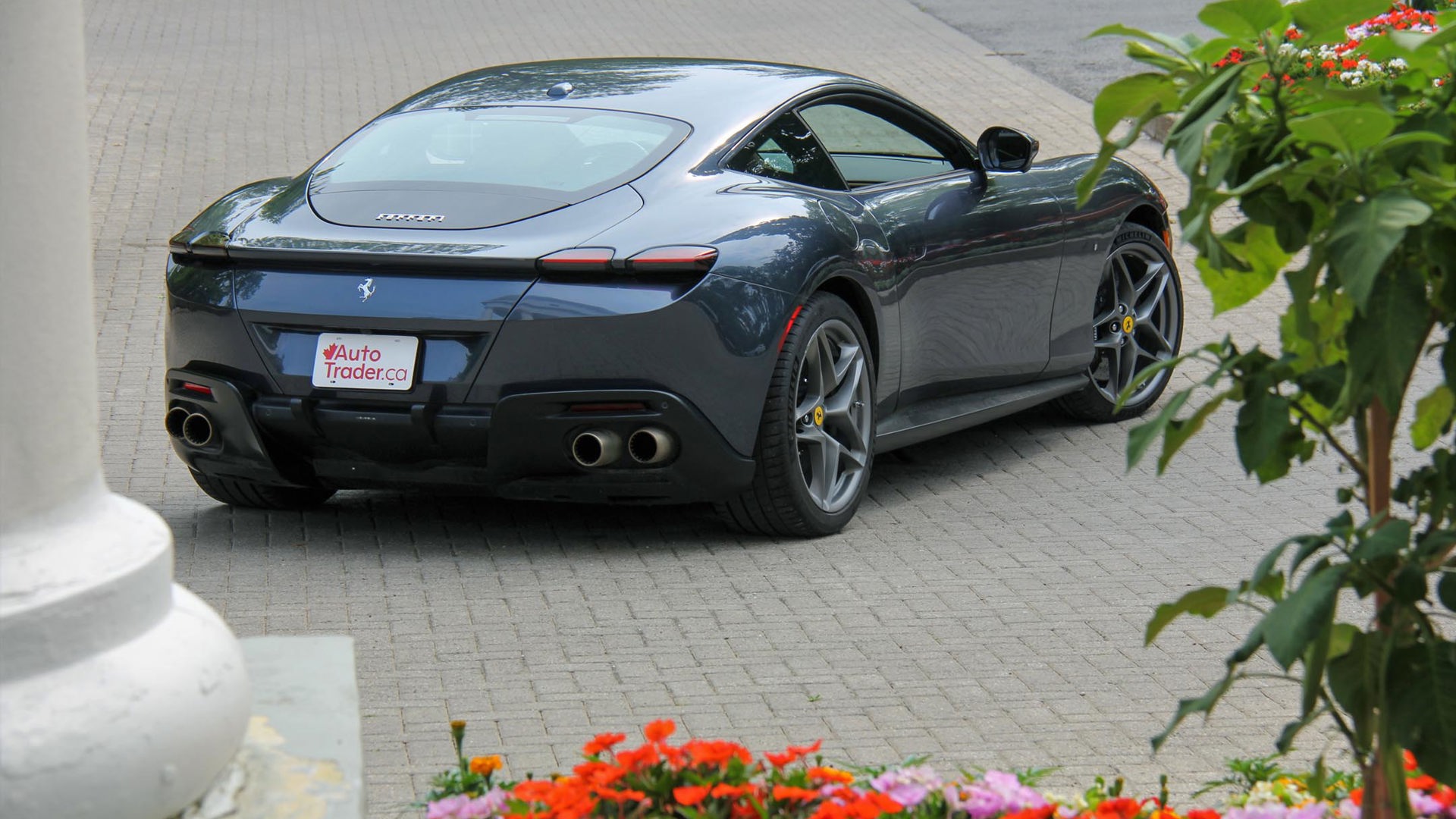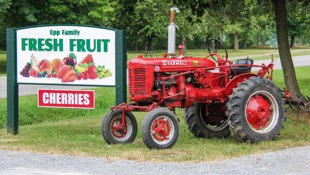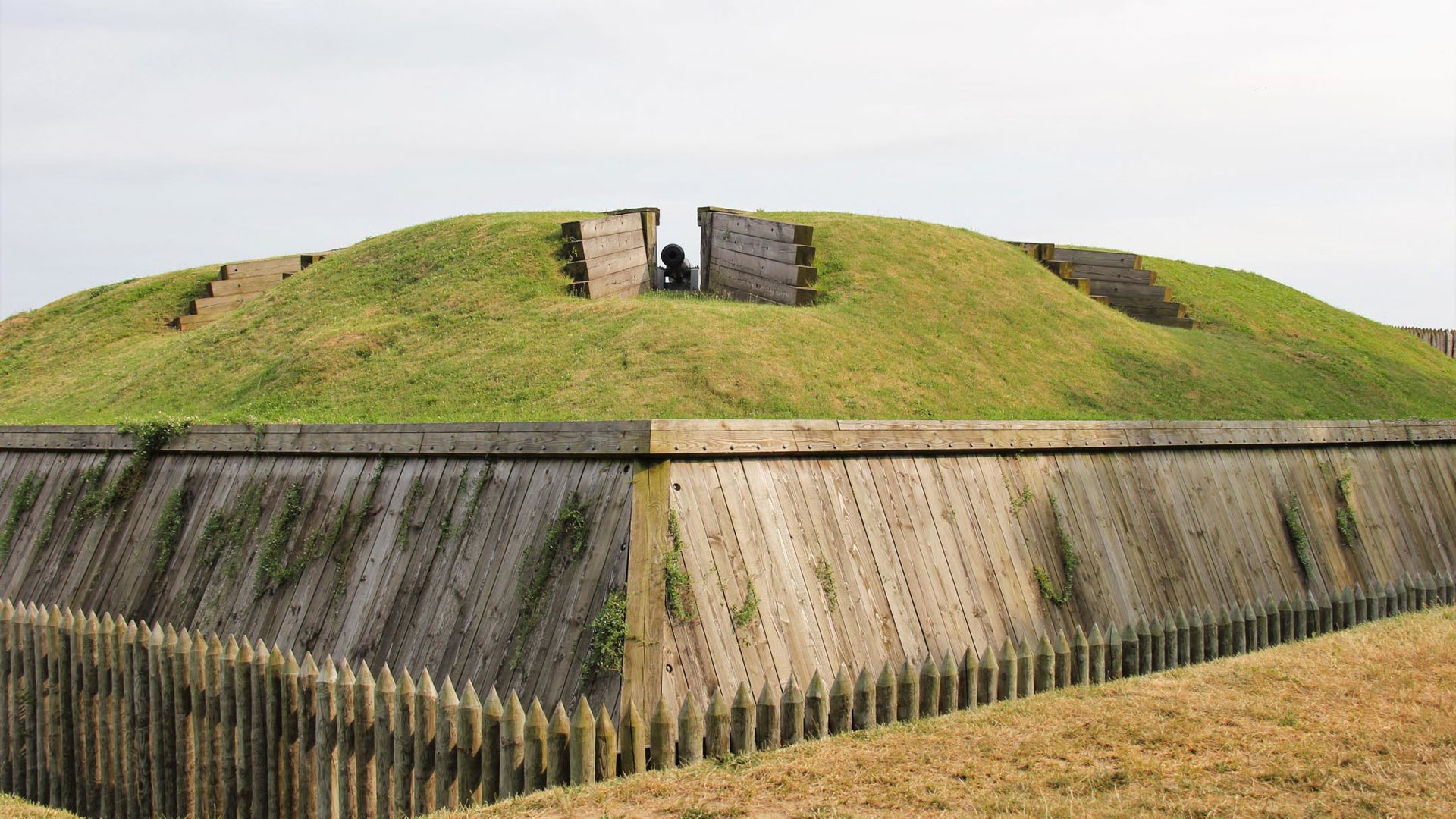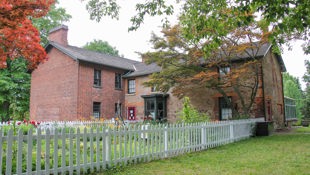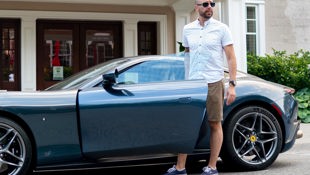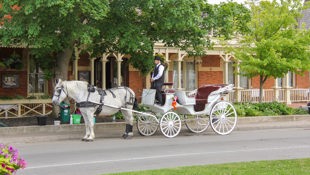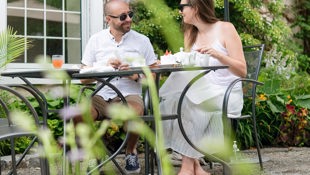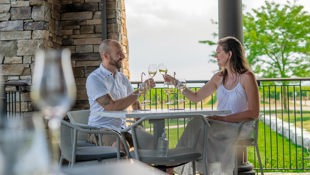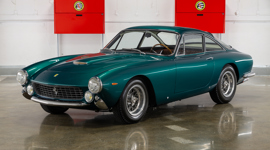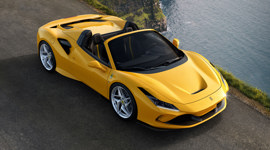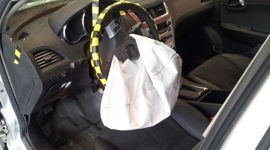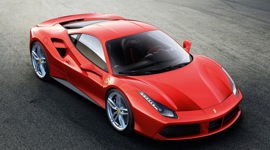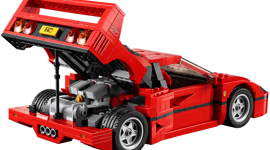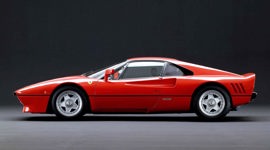Additional photography by Quentin Annunziata.
The Italian way of life is one that has always captivated me. The country has an abundance of beautiful architecture and fascinating history to explore, and the slower, more balanced pace of life is easy to get on board with. The Italian culture also places a great deal of importance on food and wine. Balancing simplicity and decadence, people in Italy seem to take their time and appreciate quality over quantity.
Their temperate climate allows for a wealth of vegetation, so eating processed fast food might be considered blasphemous by some. Food is fresh and local, and people never seem to be in too much of a hurry to sit down to enjoy a good meal or a quality cup of coffee.
Home to such hallowed brands as Ducati, Maserati, Lamborghini, Pagani, and perhaps the most famous of them all, Ferrari, machines from these highly revered manufacturers are considered sacred.
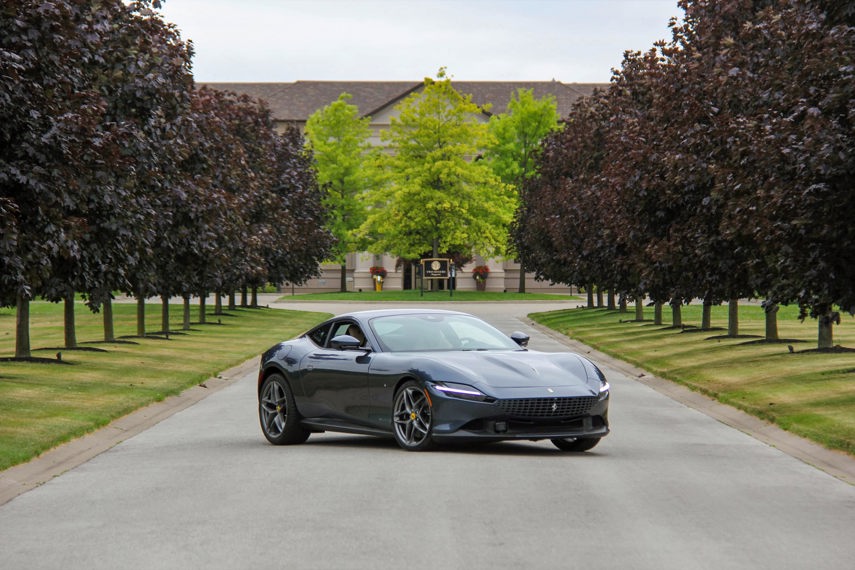
Given the international travel restrictions imposed due to the global pandemic, plans to visit Italy with my lady friend for non-essential reasons this summer were regrettably squashed. Thankfully, all was not lost, as I was offered the enviable opportunity to test drive the all-new 2021 Ferrari Roma here at home on Canadian soil.
Looking to escape the city for a weekend in favour of smooth, winding roads and a calmer pace, the Niagara region seemed like it would fit the bill nicely. Mirroring the experience by searching out quaint small towns rich with their own history, along with vineyards and fruit stands, surely this would be the next best thing to visiting Italy. And, we wouldn’t even have to worry about a trans-Atlantic flight or jet lag.
New for 2021, the Roma is a front-engine grand touring car based on the droptop Portofino. Its design is futuristic yet evokes subtle elements of past GT cars from Maranello. Both sleek and elegant, it also manages to be comfortable while also being agile and deceivingly quick.
Its soulful 3.9L twin-turbocharged V8 complete with a flat plane crankshaft is good for 612 hp and 561 lb-ft of torque at just 3,000 rpm. Making 21 horsepower more than the Portofino, it also features a meatier torque curve and an eight-speed dual clutch transmission (DCT) rather than the Portofino’s seven-speed unit.
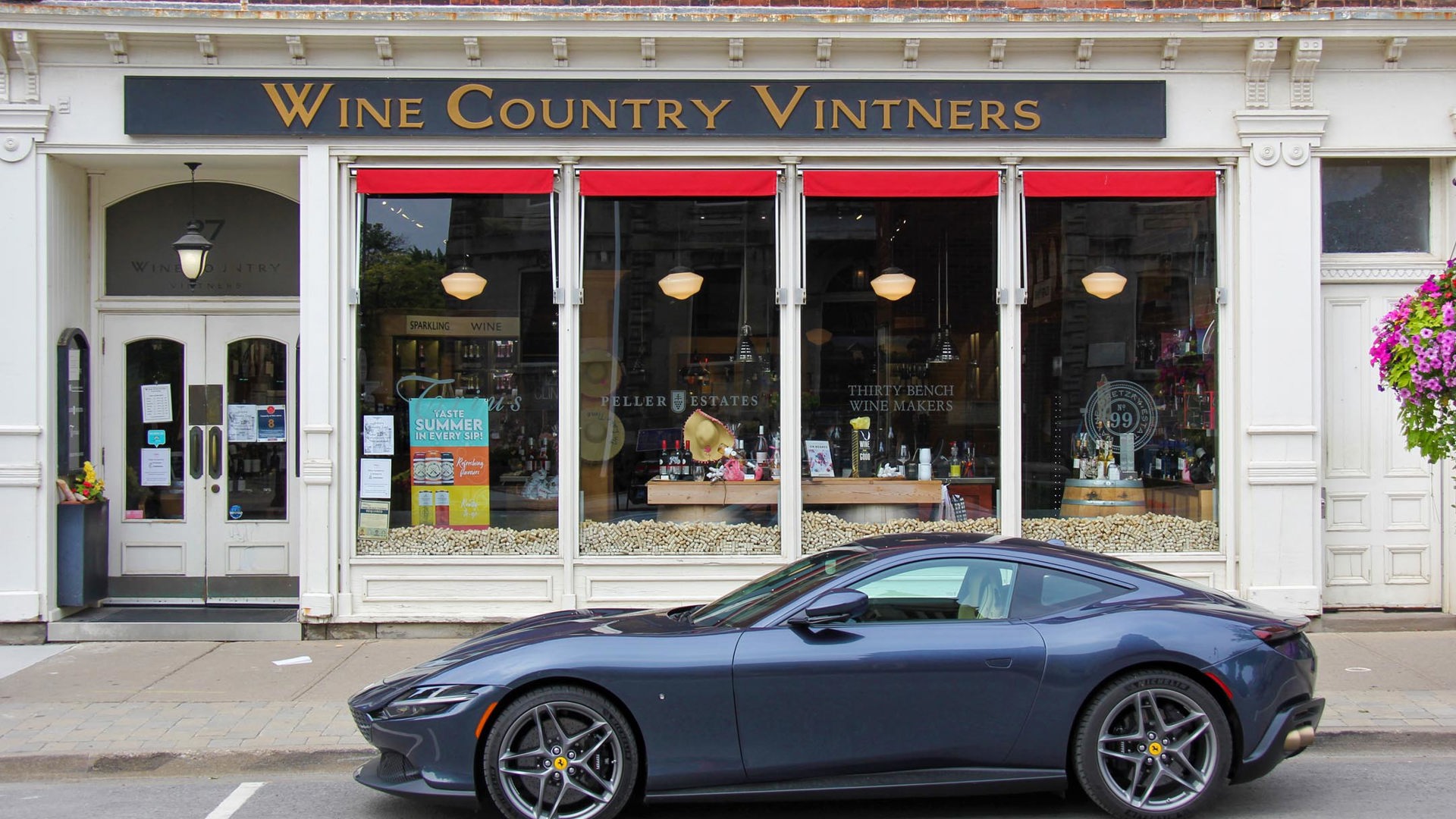
The new gearbox is lighter and shifts faster than its predecessor. The dual-scroll turbos mean that lag is virtually undetectable. Driven in automatic mode, it is keen to climb up the gears to prioritize lower revs and higher fuel economy. Switching to manual mode results in lightning quick and precise gear changes, allowing for a sprint to 100 km/h from a standstill in just 3.2 seconds. Its rear spoiler sits flush with the rear trunk lid, deploying at higher speeds for added downforce and stability.
Starting at an MSRP of $251,665, the unit we drove featured a selection of options, including sport exhaust pipes, a carbon-fibre steering wheel, passenger display, Apple CarPlay, matte Grigio Corsa wheels, leather and Alcantara interior details, Ferrari’s Advanced Driver-Assistance System (ADAS), leather seats with embroidery and contrast stitching, a premium sound system, and special Blu Roma paint. The final MSRP before taxes, levies, fees, and freight came in at $325,192.
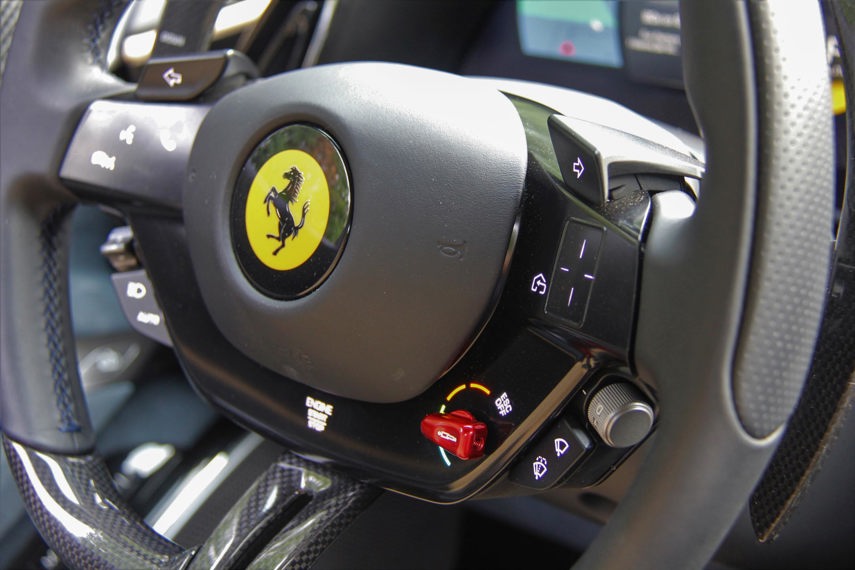
If you’ve driven a Ferrari since the F430 was introduced, you’ll be familiar with the steering-wheel-mounted rotary switch called a manettino that allows for adjustments to suspension settings, traction control, and gear changes. Its five modes consist of rain, touring, sport, race, and ESC (electronic stability control) off. The transformation in behaviour from one end of the spectrum to the other is nothing short of astounding.
Rather than a traditional push-button starter, the Roma features a capacitive switch on the bottom of the steering wheel. Ditto for other functions like Bluetooth. Turn signal buttons are located on the steering wheel, as is a directional track pad that allows the driver to scroll through menus and prioritize information on the digital dash. Operating the track pad and touchscreens require patience and a very delicate touch.
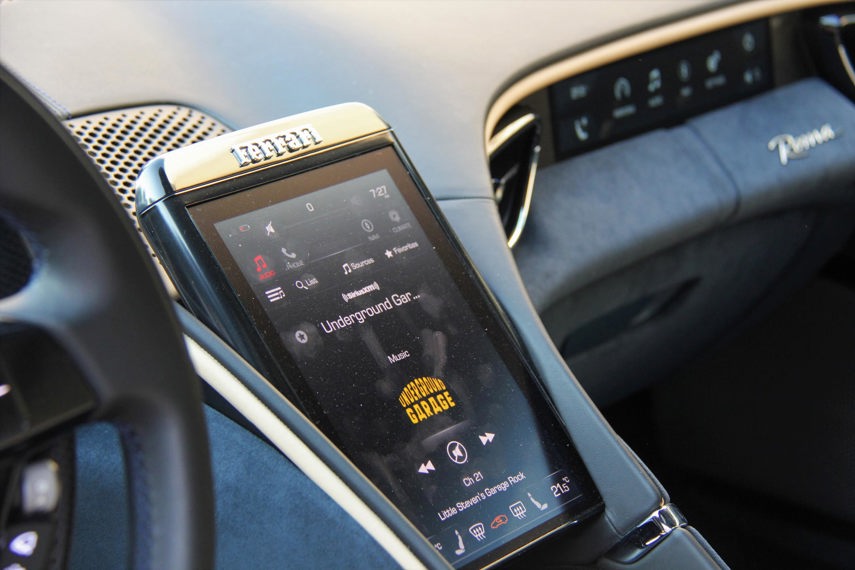
The front passenger also has their own dedicated touchscreen display where they can adjust various navigation, media, and climate control functions. It also allows them to gain access to a tachometer and speedometer readout, which would be helpful information for a navigator or co-pilot, but often resulted in the query, “Do you know how fast you’re going?” It’s an option box you may or may not want to tick depending on who your passenger will be.
A 2+2 in theory, the Roma’s back seats are better suited to luggage than passengers but would accommodate a pair of short legs if those residing in the front seats happened to be of shorter inseam. The trunk is shallow and diminutive, but large enough to accommodate enough bags for a weekend getaway.
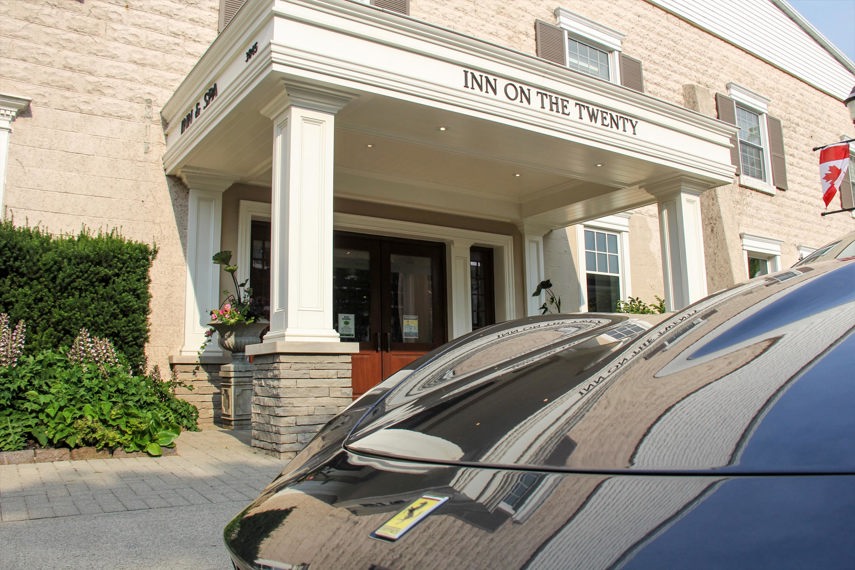
Leaving the highway in search of secondary roads as we approached the Niagara Escarpment, asphalt began to slowly curve and undulate, while the scenery became less urban and suburban in favour of a more rural setting. The most pronounced of several escarpments formed in the bedrock of the Great Lakes Basin, the formation spans from Wisconsin to New York. Most famous for the steep cliffs over which the Niagara River flows, Niagara Falls happens to be called the “Honeymoon Capital of the World.” We did pass through to witness the grandeur of this natural wonder, but that was not the prime purpose for our visit.
Spending the first night of our stay at the Inn on the Twenty in the hamlet of Jordan Station, we enjoyed a delicious meal overlooking the water at the nearby Lake House Restaurant. Chances are good you’ve driven by it before, but it is worth stopping in to eat. If you’ve passed along that stretch of the QEW, you’ve likely also wondered about the shipwreck just down the shoreline. Known as the “Pirate Ship” or “Ghost Ship” by some, there are many tales about the boat that ran aground in Jordan Harbour, but nobody seems to be exactly sure why or how it got there.
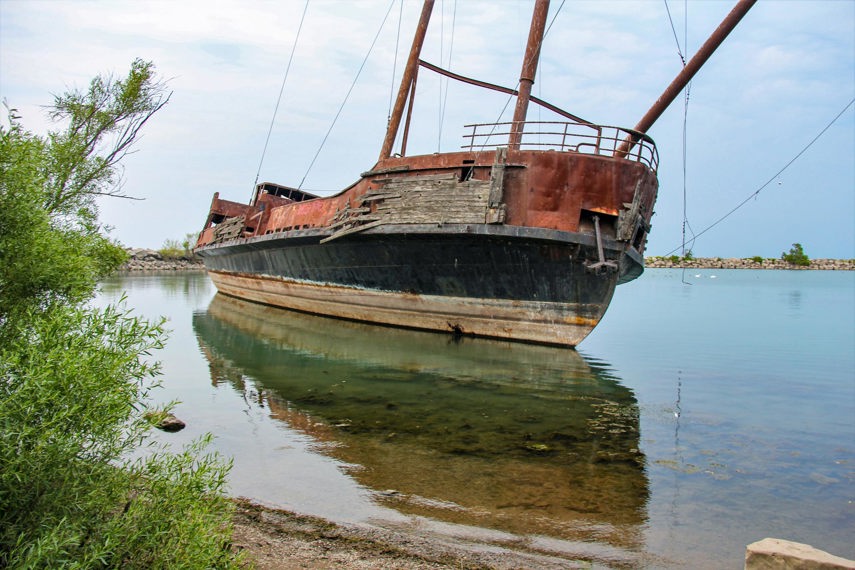
Some quick sleuthing suggested that it was constructed in 1914, at which time it began its life as a ferry before becoming a cargo ship, and then a floating restaurant. It was then said that in 1991 it was turned into a replica of one of the three ships that Jacques Cartier used when exploring the St. Lawrence River back in 1535. The ship arrived in the harbour in 1997. The intention was to convert it into a restaurant or gambling venue, but it succumbed to arson in 2003 and has been an eerie roadside attraction at its current location ever since.
If you’re looking for a quick breakfast in close proximity, the Inn on the Twenty features a beautiful patio with a fountain, which makes it feel almost European. The Watering Can Flower Market is also a short drive up the road. A funky flower shop, it also has a selection of gourmet tea, a coffee bar, and a restaurant as well as a beer garden if you’re interested in partaking. I did not, seeing as there was much driving to be done.
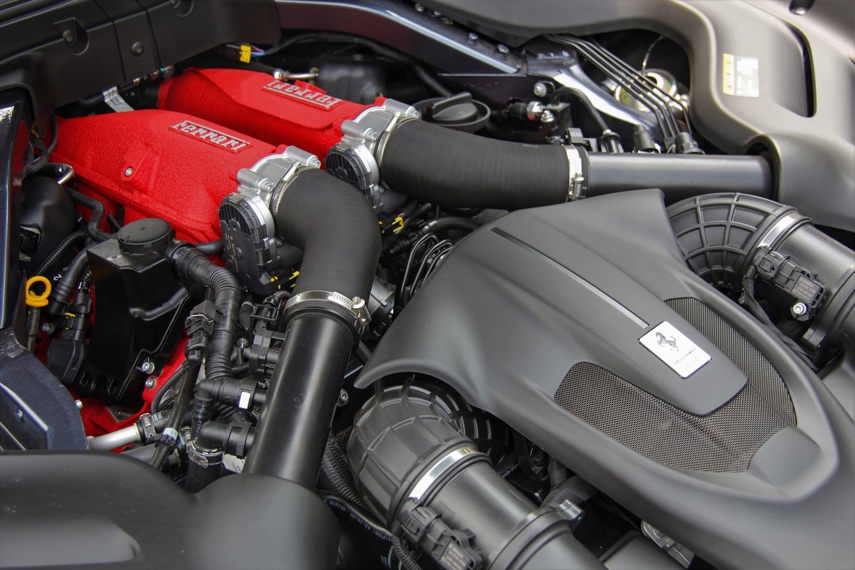
Roads in the area suited the Roma wonderfully. Moving the Manettino setting from touring to sport, steering weight increased and provided additional responsiveness without feeling remotely harsh. Magnificently balanced, the Roma’s handling is simply sublime.
Downshifting into corners results in an auditory experience so glorious, you’ll want to lower the windows. Gurgles, crackles, and pops abound, so you’ll find yourself searching for tunnels to drive through.
As engaging as it is to drive when the roads curve, the Roma is still quite comfortable as a highway cruiser. It also offers a selection of active safety technology, including lane departure warning, blind spot detection with rear cross traffic alert, adaptive cruise control, and automatic emergency braking. Despite all of its advancements in technology, the Roma is still very much an engaging, responsive, and enjoyable car to drive.
Click the Manettino once again into race mode and the Roma goes from demure to demonic. Acceleration up to its 7,500 rpm redline is rapid enough to push you back into the contrast-stitched seats. The rear end can be kicked out with ease, but in a highly predictable, controlled fashion, thanks to a host of on-board control systems. The ESC-off mode should only be used in a track setting if you know what you’re getting yourself into.
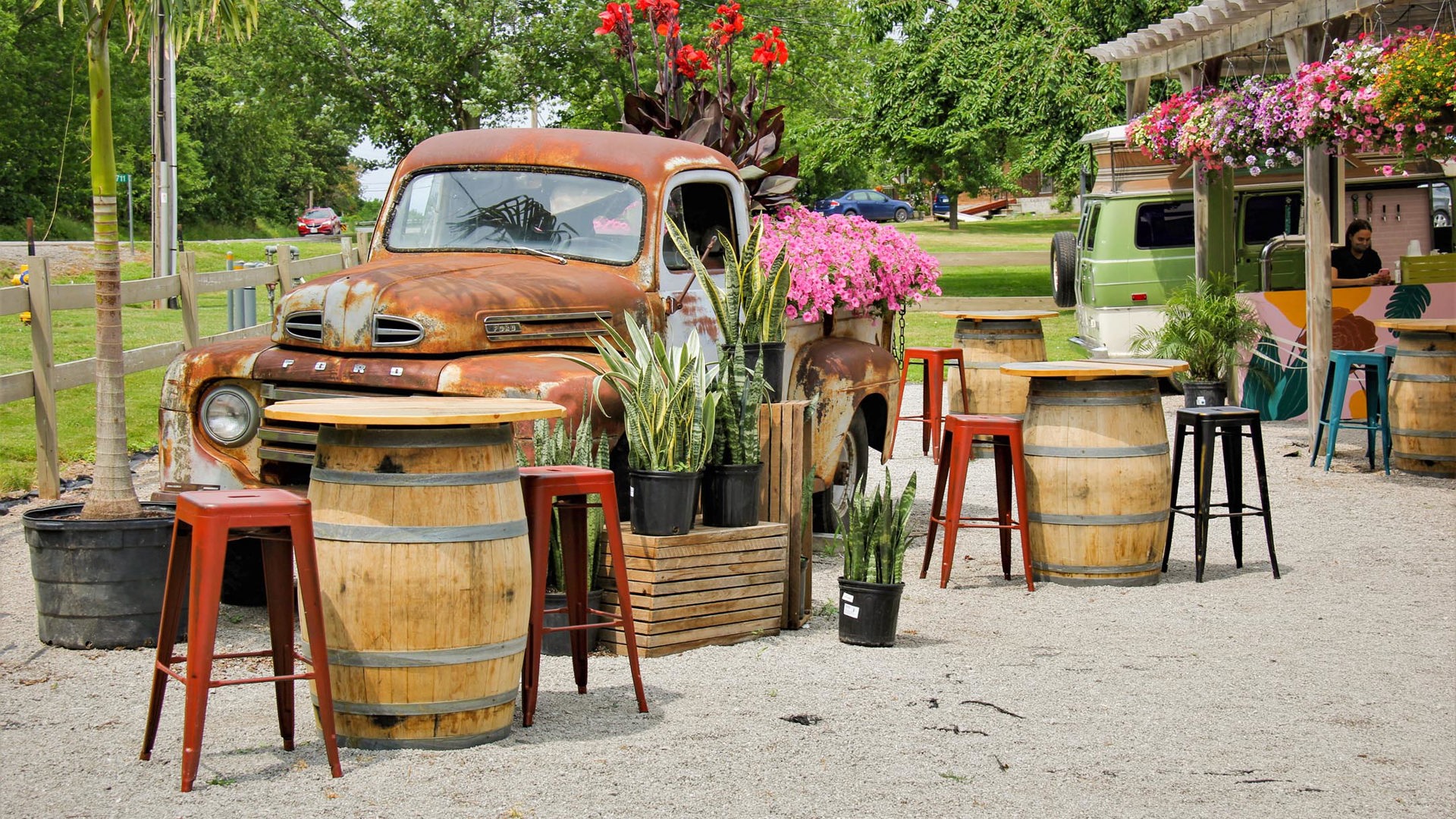
Periodic breaks were taken during our drive to visit roadside fruit stands and local coffee shops. Travelling through the Italian countryside a number of years ago, I would stop for a quick bite and a cup of coffee only to find that the concept of a to-go order was not at all normal there. Taking your coffee to go is a North American invention that still mystifies many Europeans. Adopting a “no food or drink in the Ferrari” rule allowed us to embrace the Italian sensibility and slow us down from our fast pace of life, but also helped us avoid the embarrassment of spilling coffee on the Roma’s immaculate interior.
Each town in the area has a unique flavour and history. Separated from our American friends and neighbours by only a narrow part of the Niagara River, the Fort George National Historic Site and McFarland House chronicle a time when things weren’t so friendly. Costumed guides perform re-enactments and provide tours of the facilities that have been kept in the same condition they would have been in during the War of 1812.
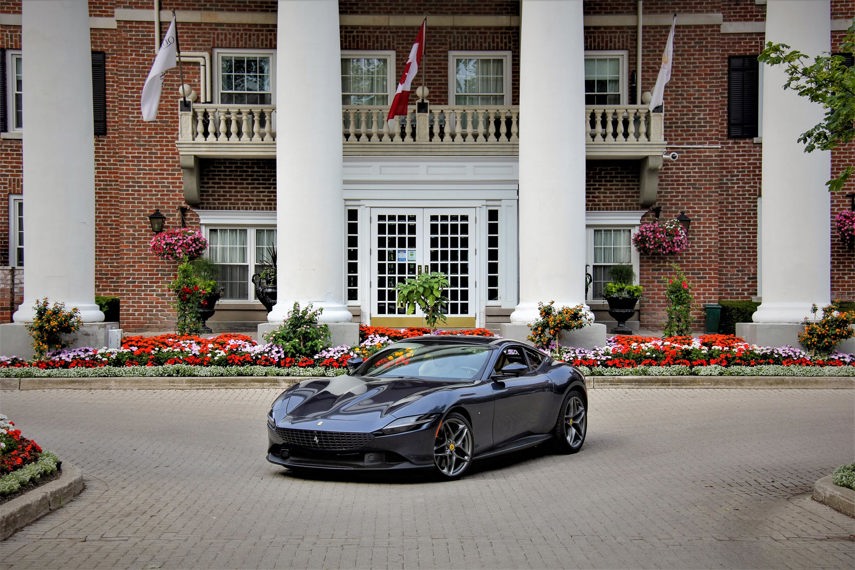
We spent the next night nearby at the lavish and historic Queen’s Landing hotel where the Ferrari fit right in. Soil on the Niagara Peninsula is rich and fertile, making it a prime grape growing region. With the car safely parked for the evening, we were free to sample some wines at the local vineyards, of which there are too many to list let alone visit. There are a number of companies that provide guided tours and bike rentals to explore the area. If wine isn’t your thing, there’s also Bench Brewing in Beamsville or Oast House Brewers and Silversmith Brewing Co. in Niagara-on-the-Lake.
Restaurant options in the quaint Victorian town centre are also plentiful and within walking distance of the many hotels and B&Bs. We stopped at The Gate House where we enjoyed a delicious Mediterranean-inspired meal on its covered patio during a summer rainstorm. Unlike being in Italy where businesses often close in the afternoon so owners can have lunch and take a nap during the hottest part of the day before returning to work late, restaurants close very early throughout the Niagara region. You’ll want to arrive with plenty of time to enjoy an unhurried dining experience.
Turning off our phones and staying relatively disconnected from social media for a few days allowed us a brief reprieve to take in some of the region’s unique history and stop to smell the roses, so to speak. It was a short vacation that didn’t take us far from home, but it felt as though we had seen and experienced a great deal. Enjoyment of the drive route was immensely heightened by the Ferrari Roma and the culinary delights were improved by good company and the use of fresh, local ingredients. The getaway was as close to an authentic Italian experience as we could get right now. Everything except the afternoon naps.
Accommodations for this trip were arranged by Visit Niagara Canada and provided free of charge by the hotels. Other links are included to spotlight local businesses.
